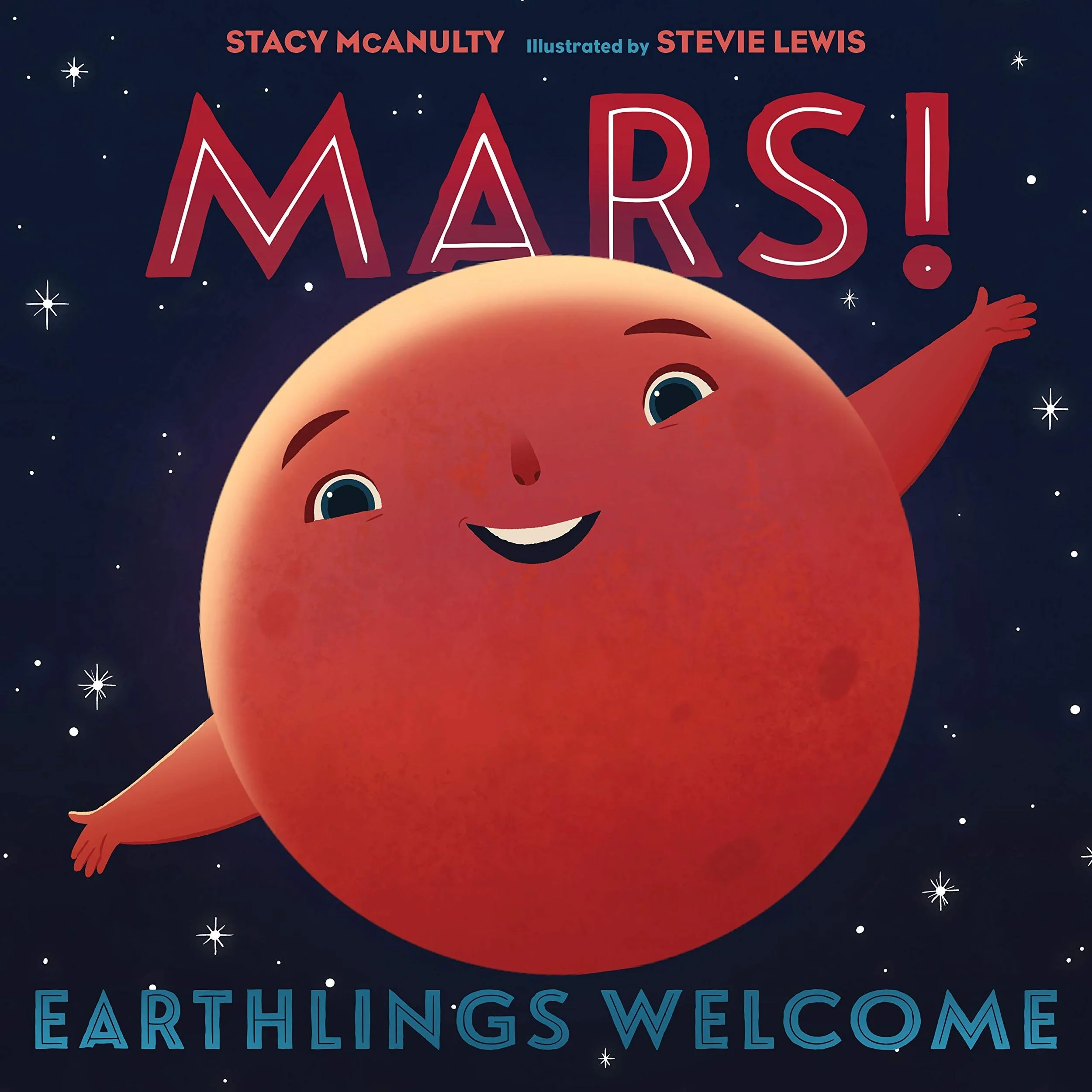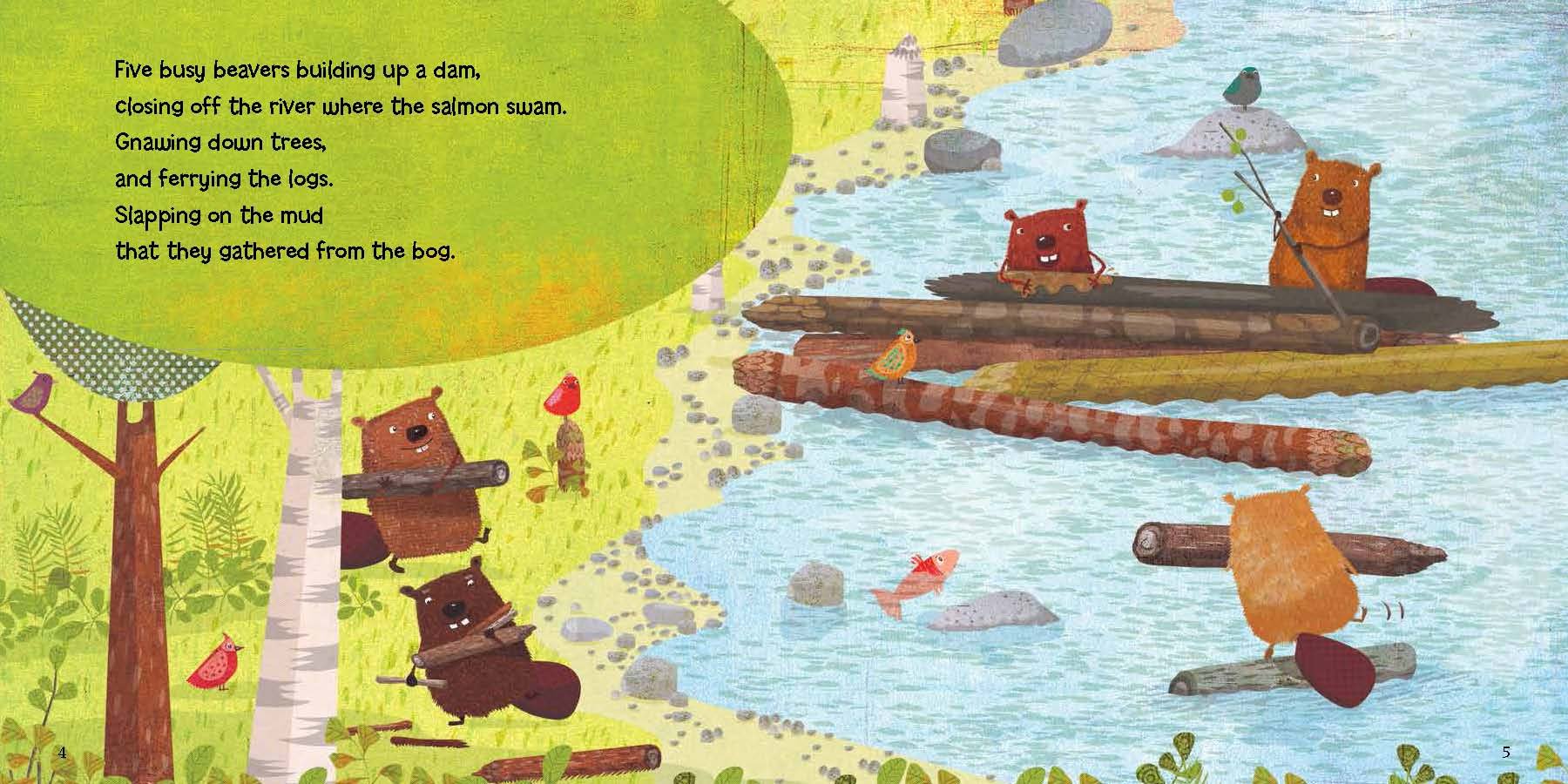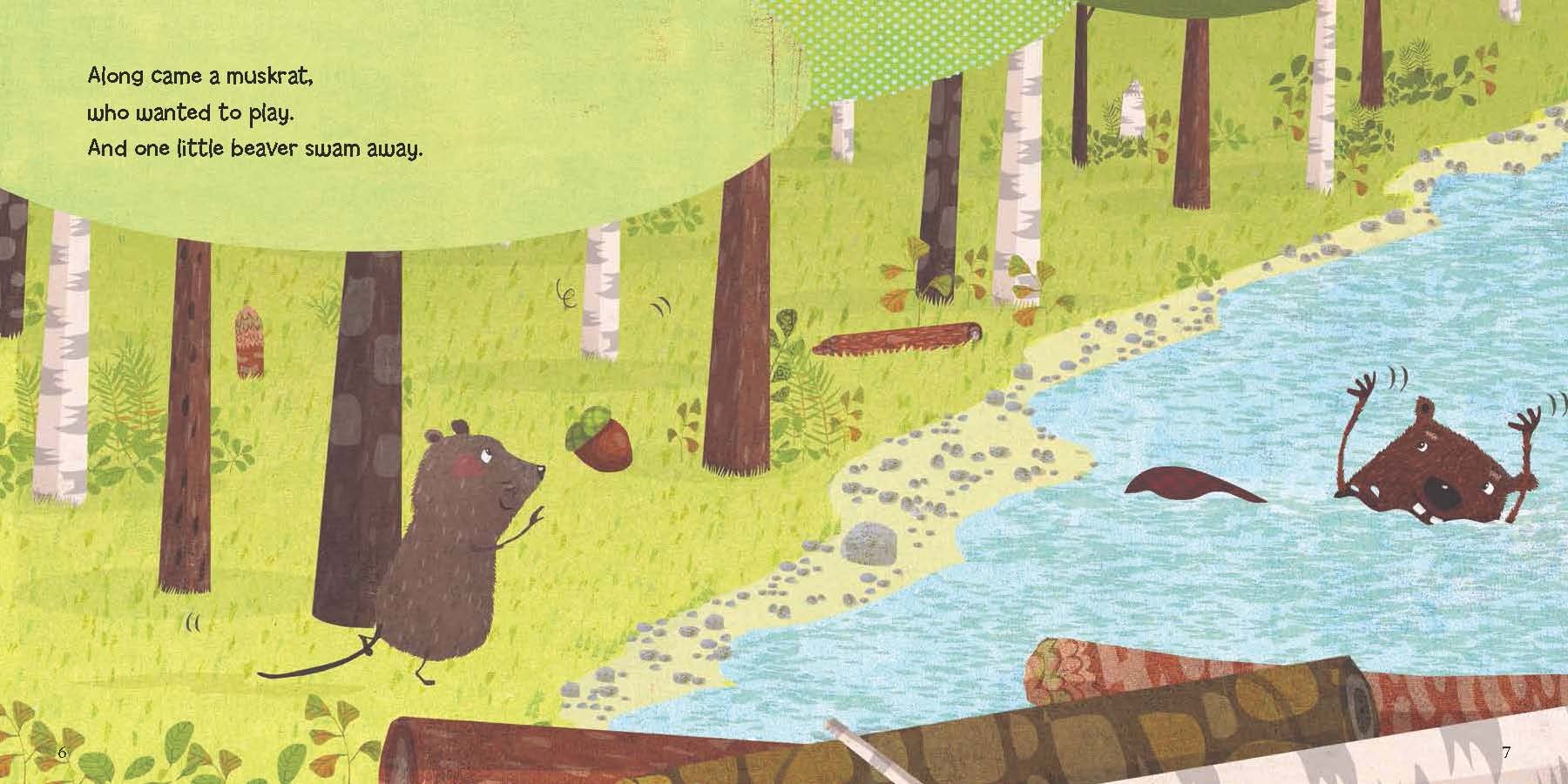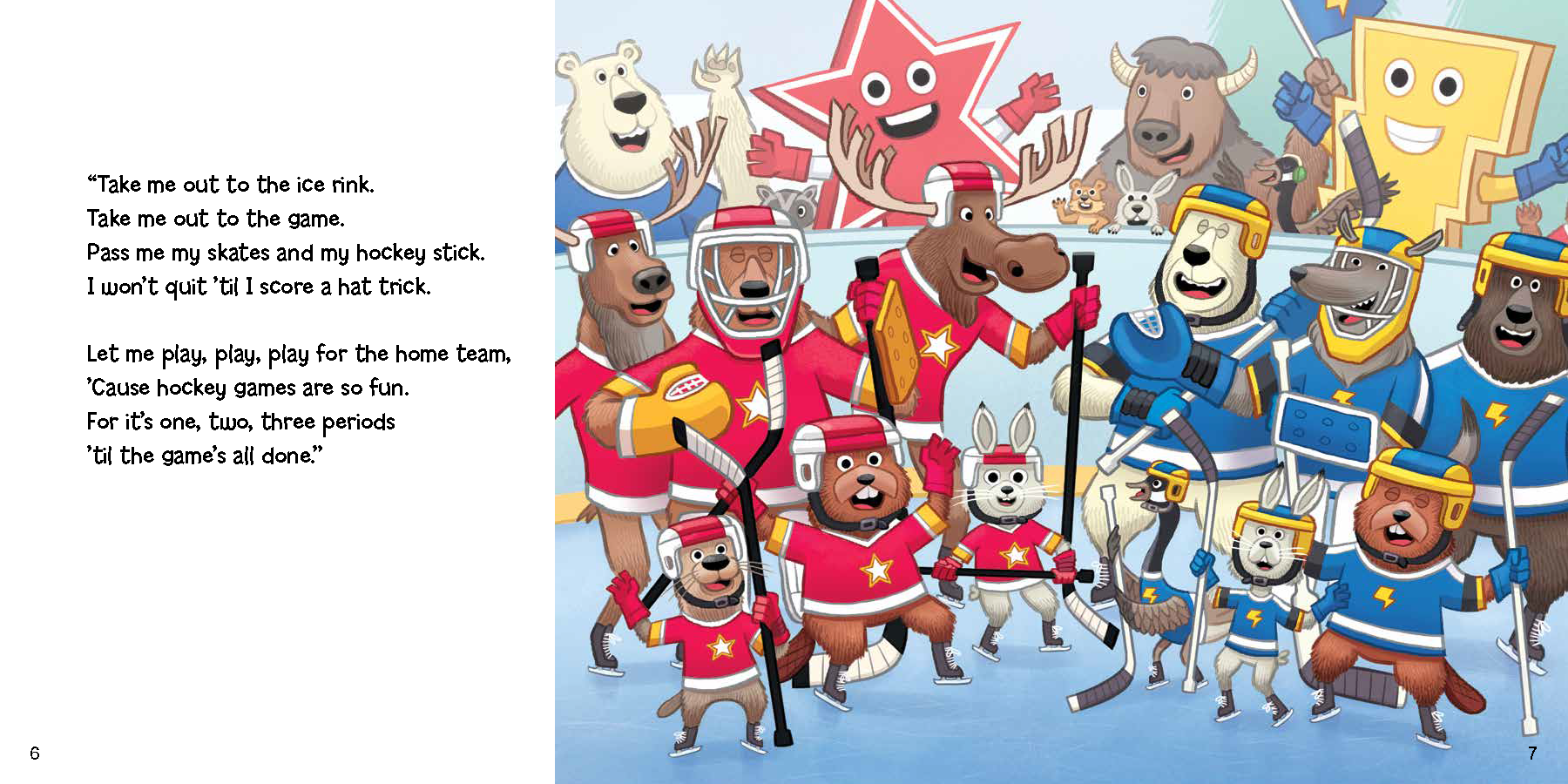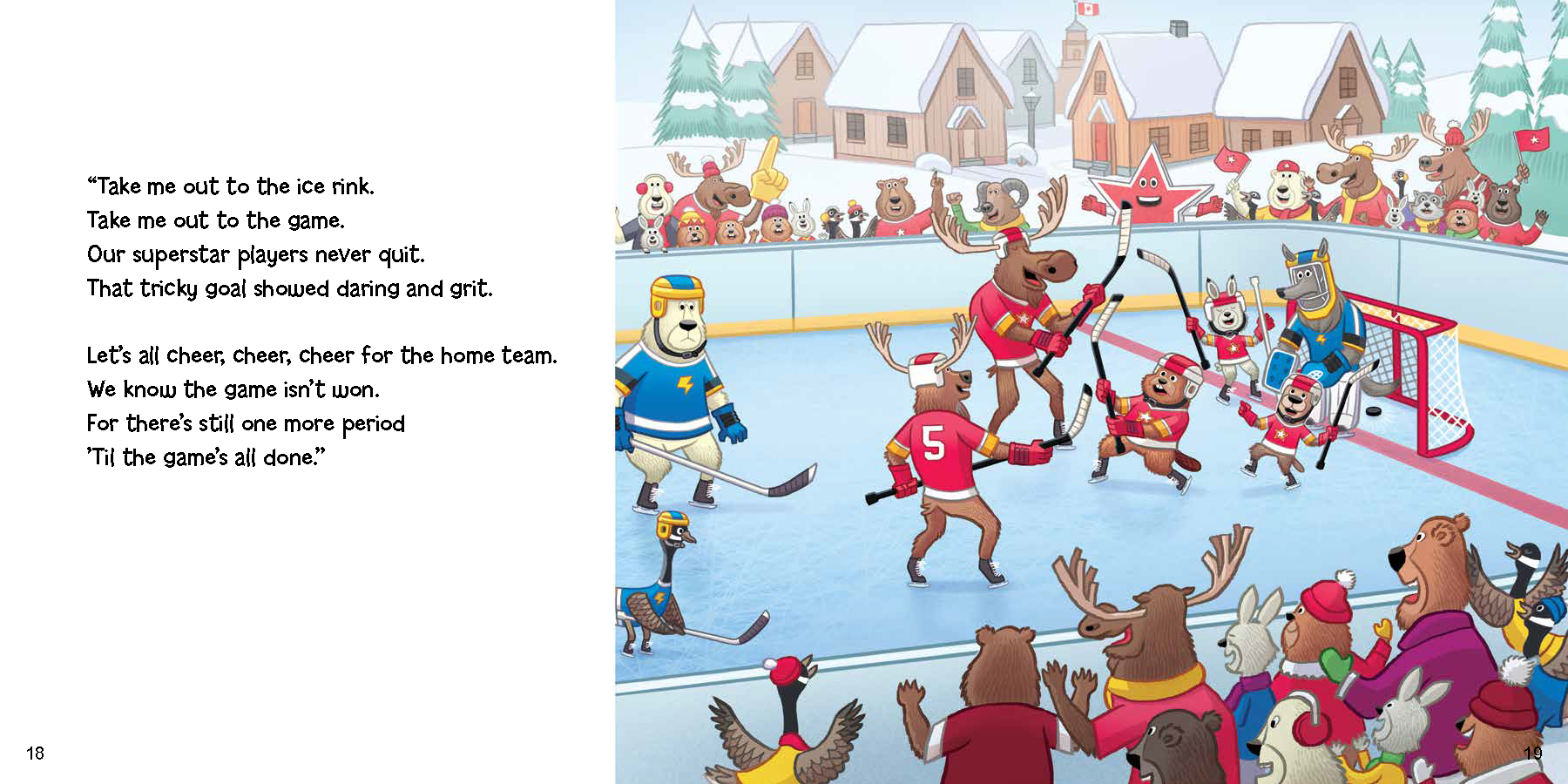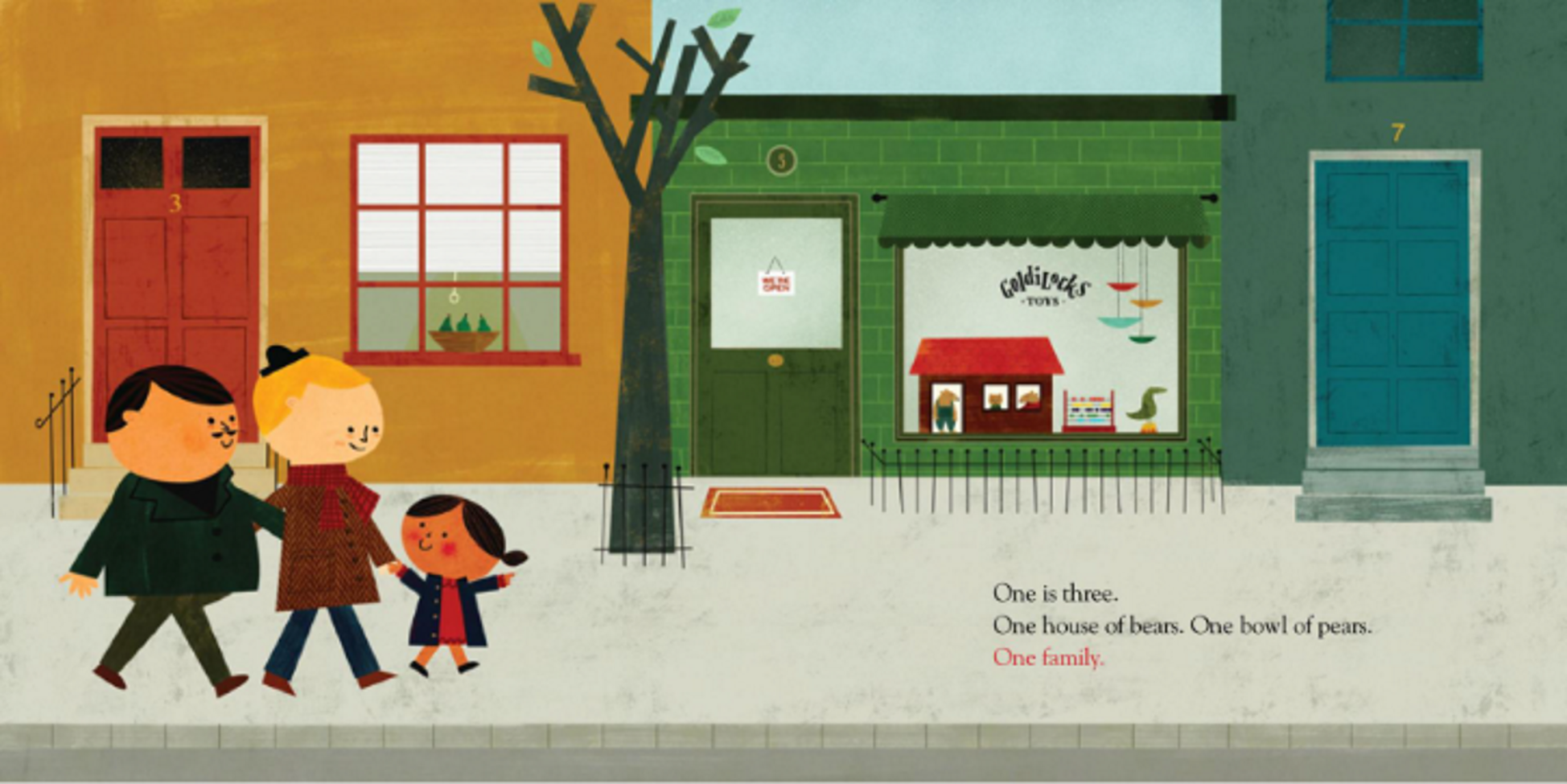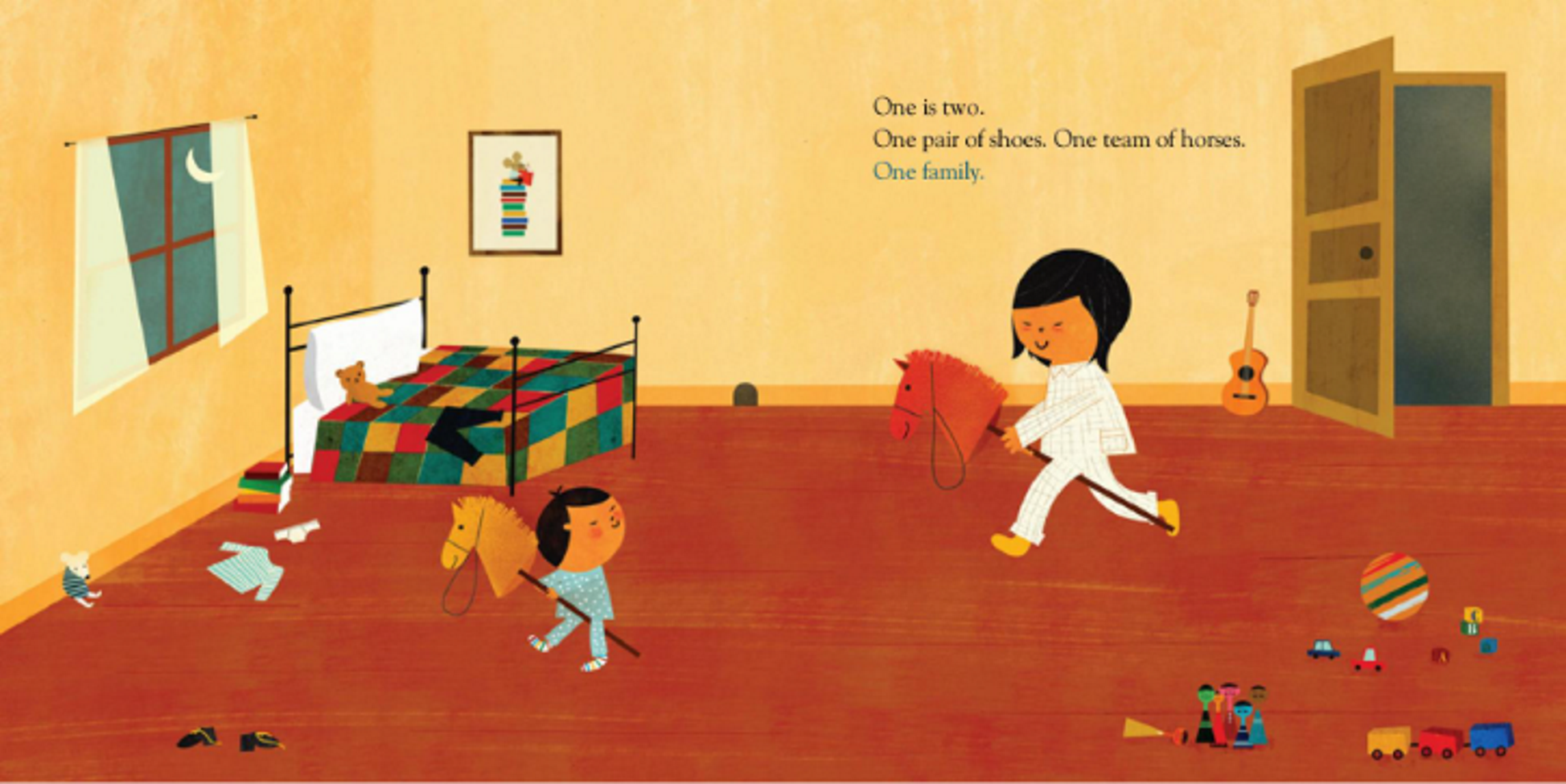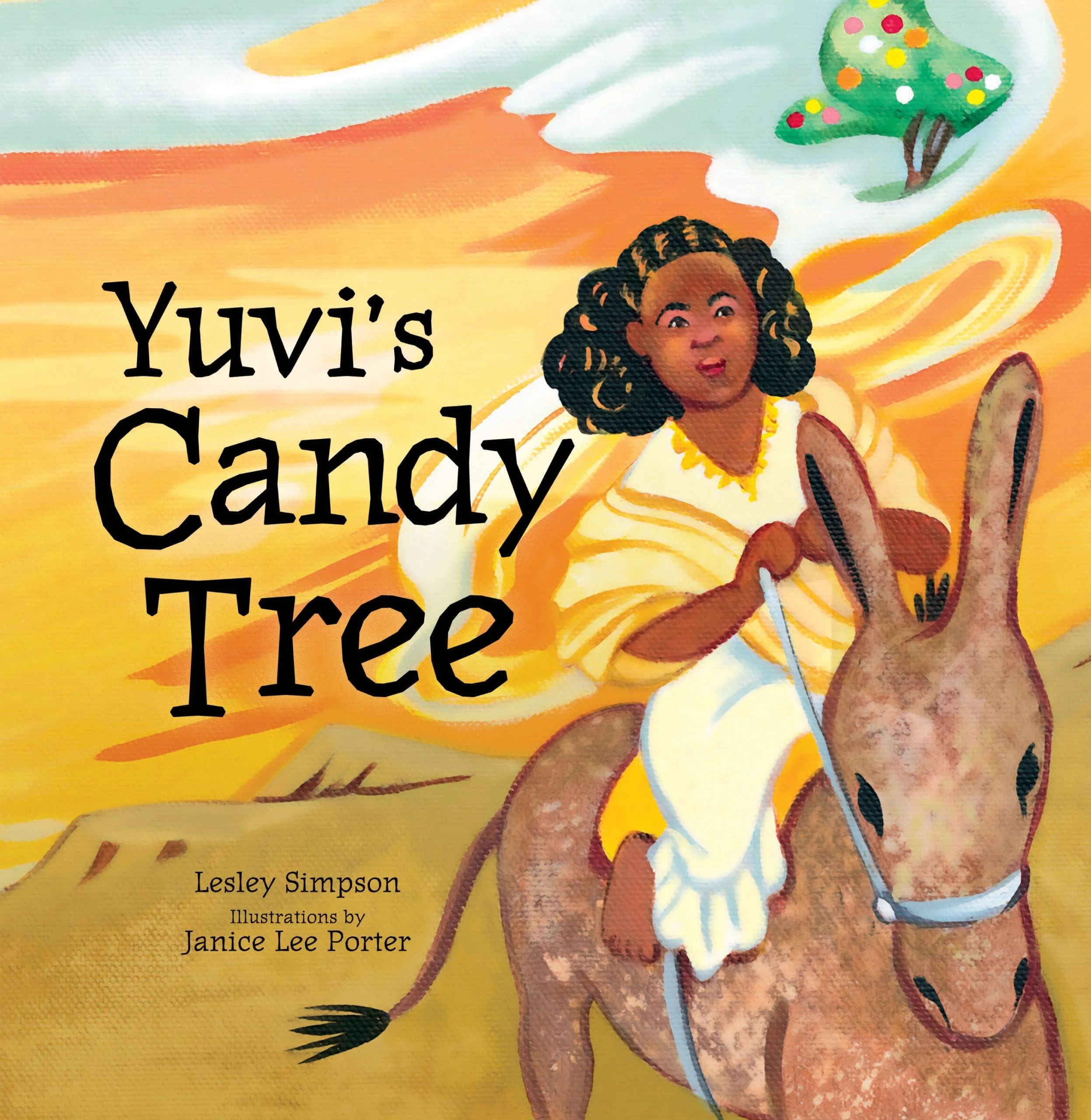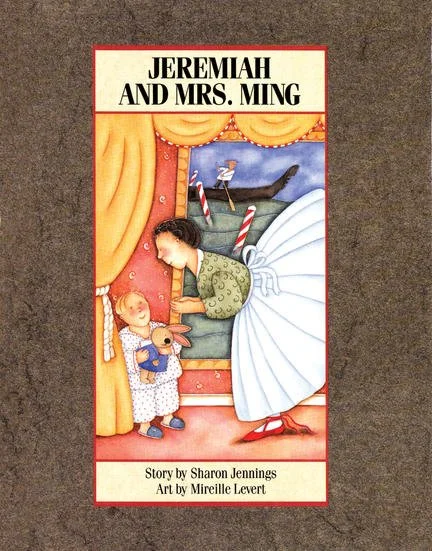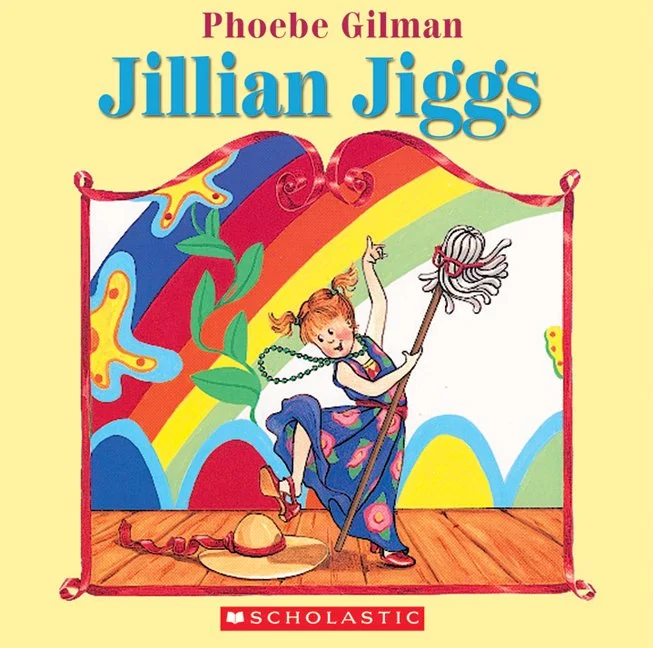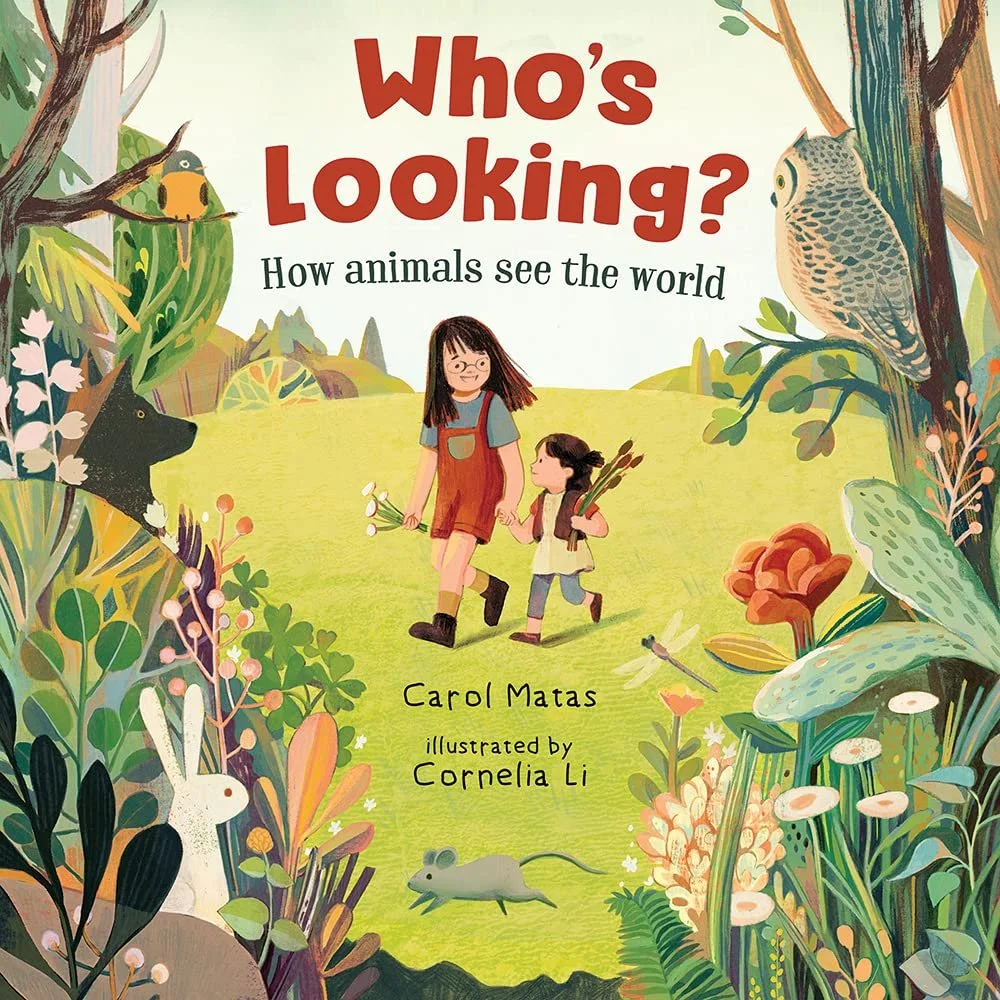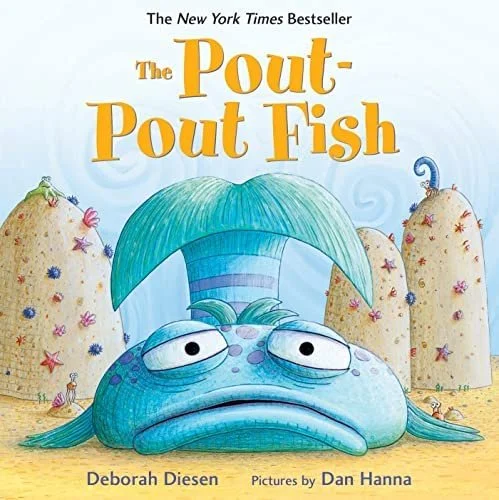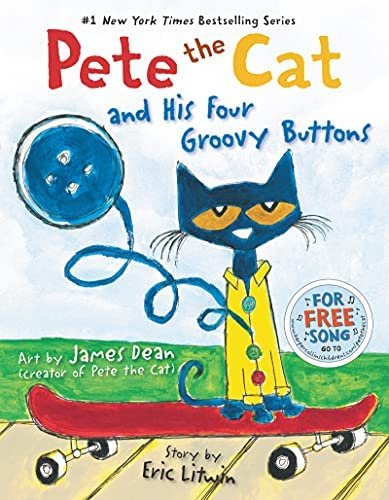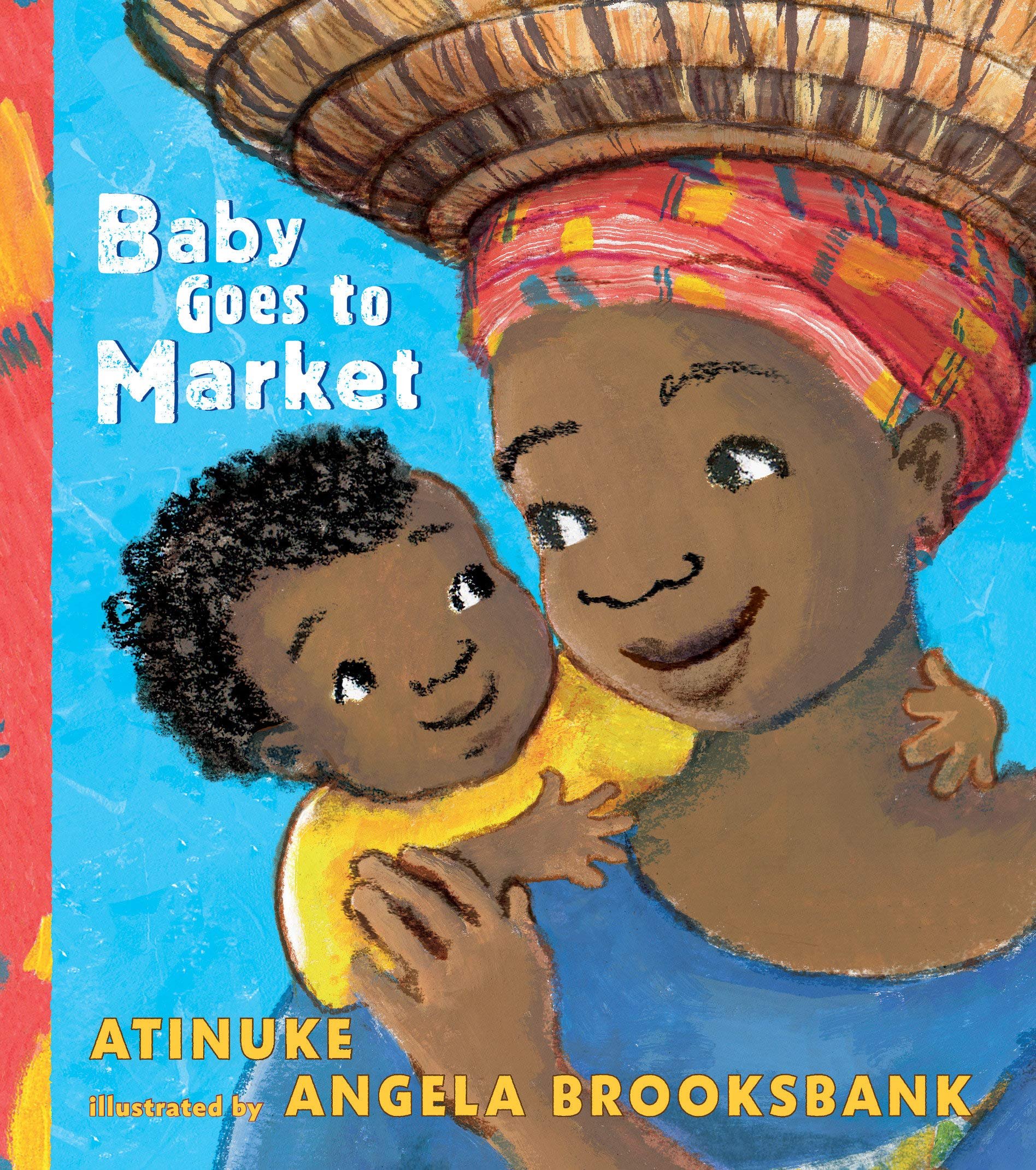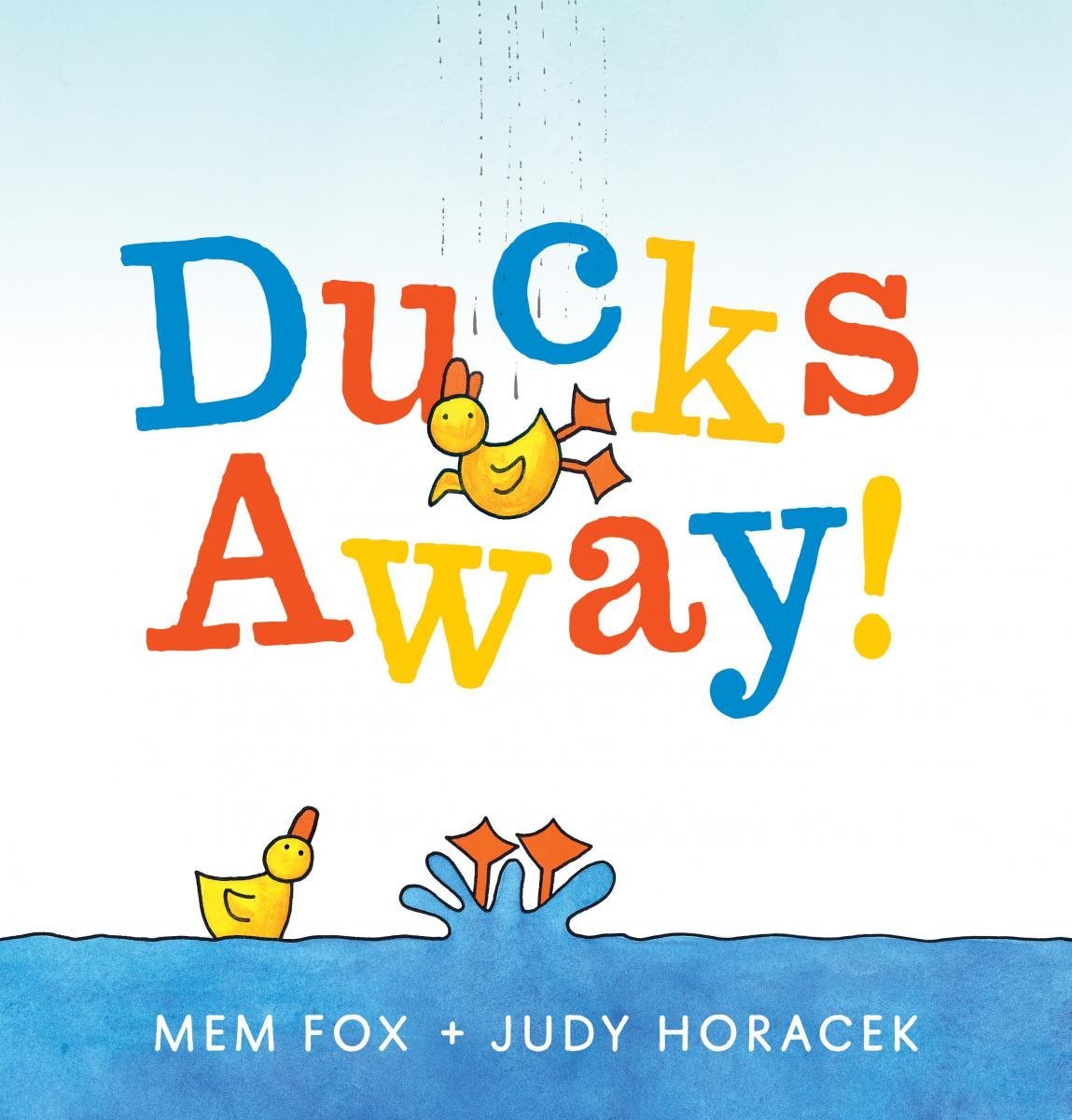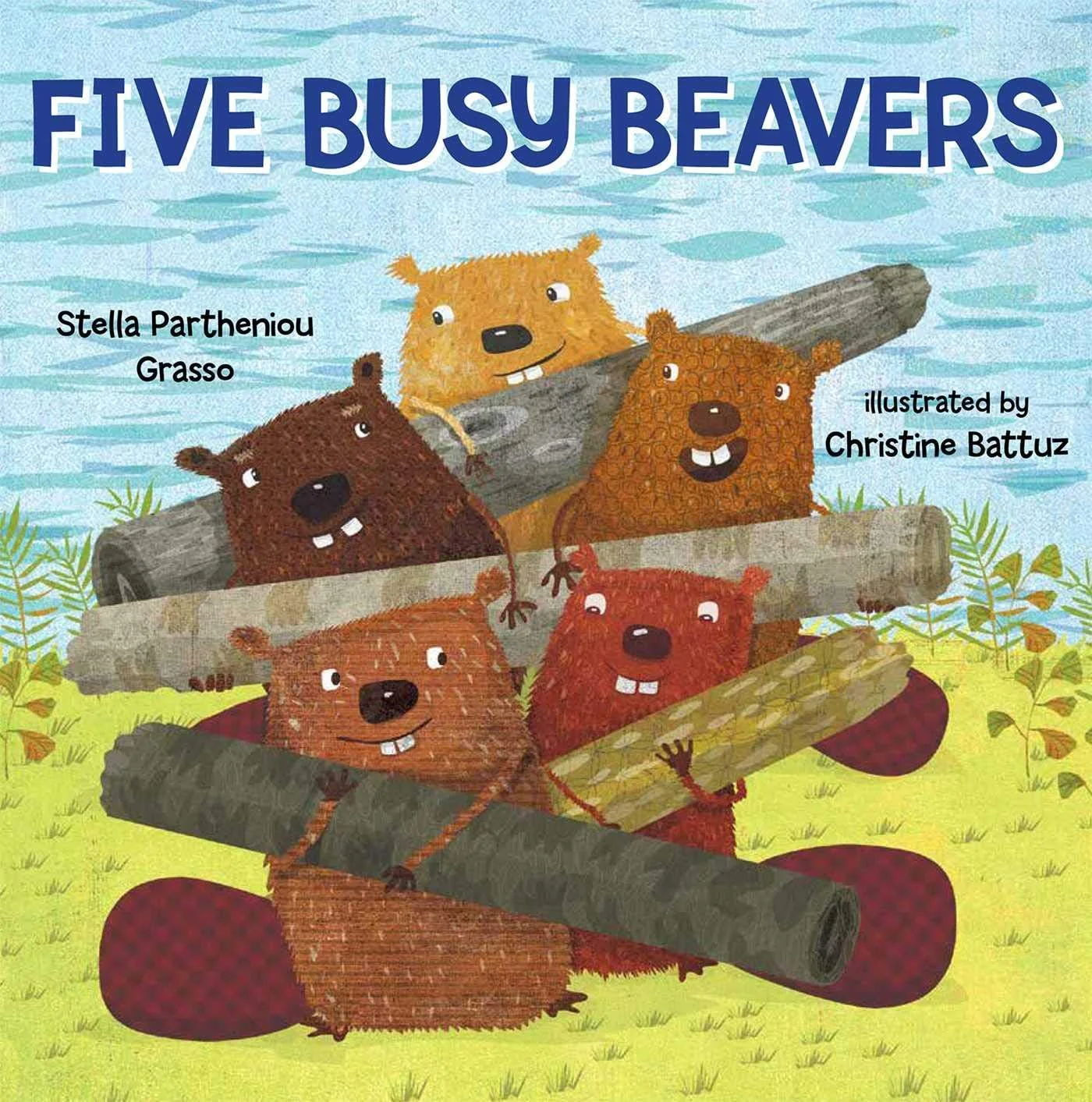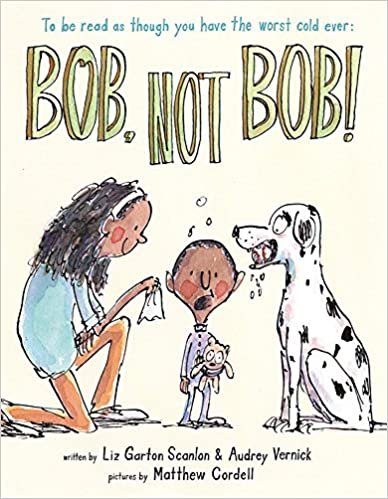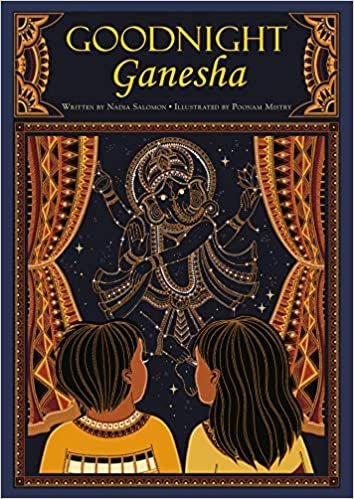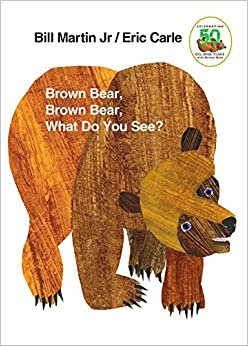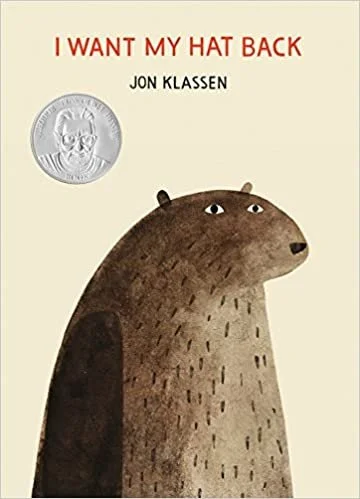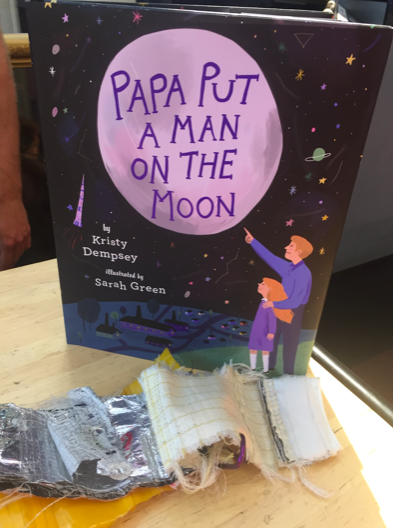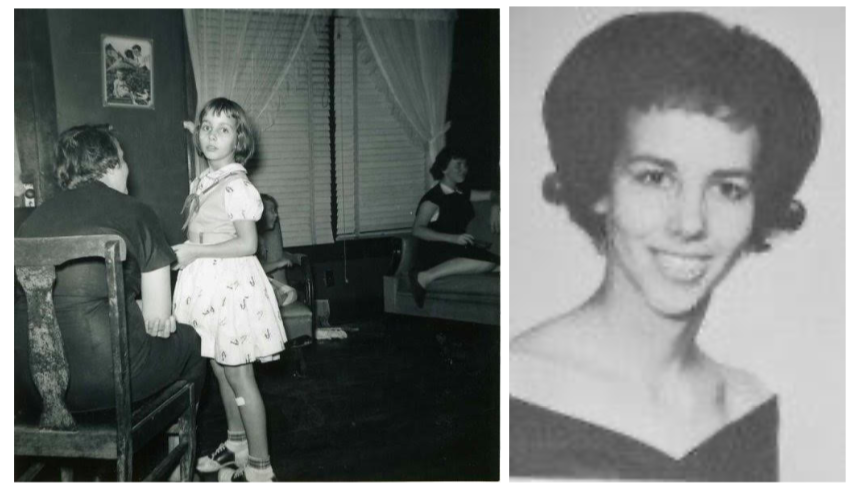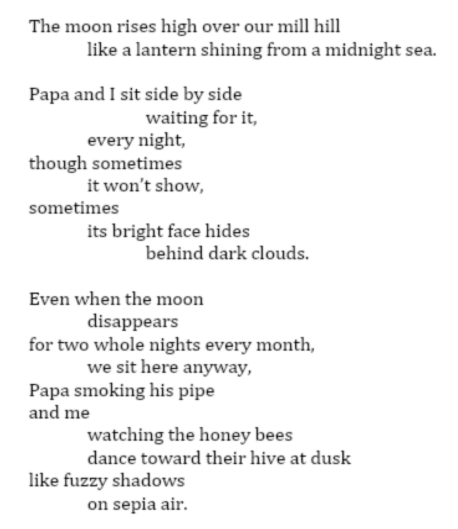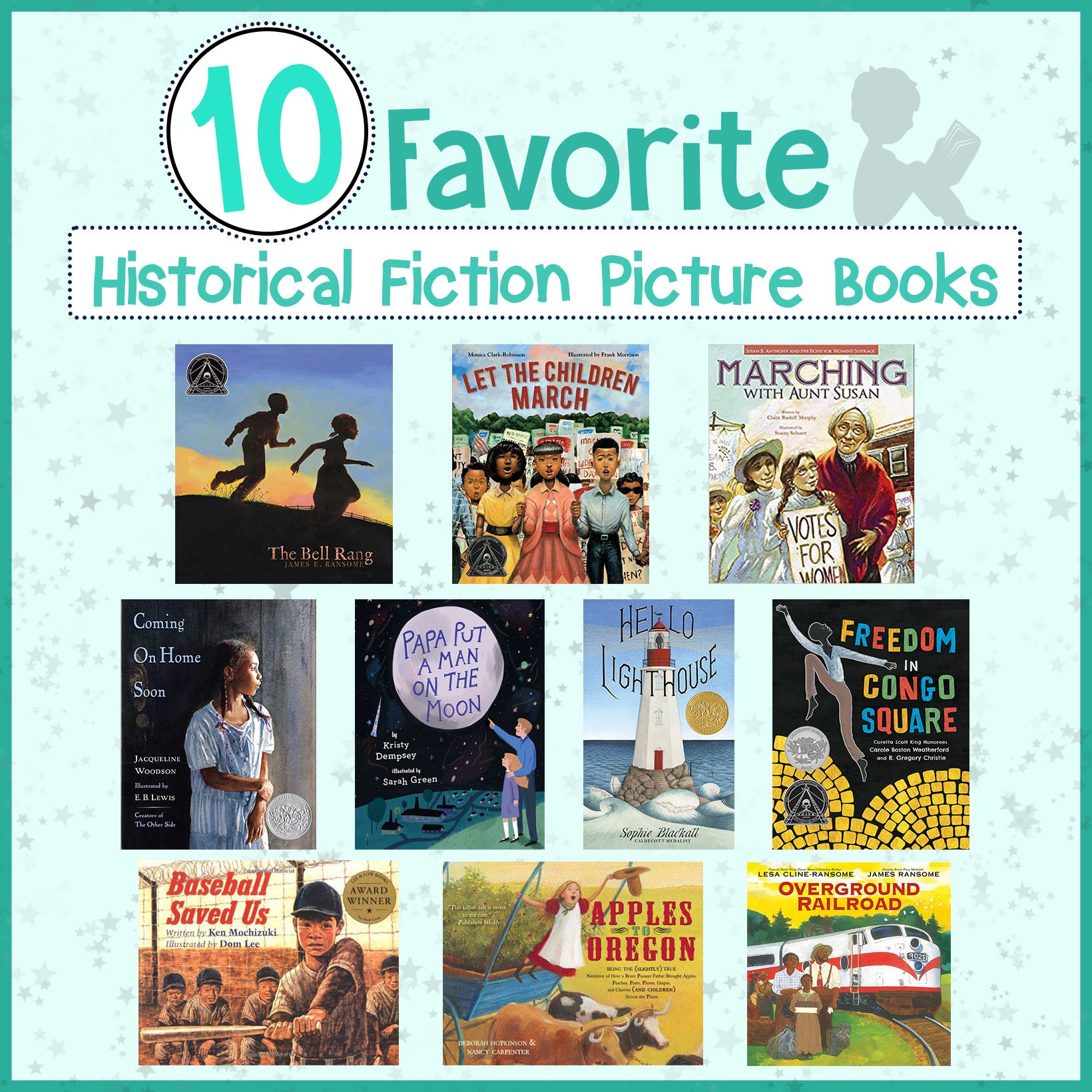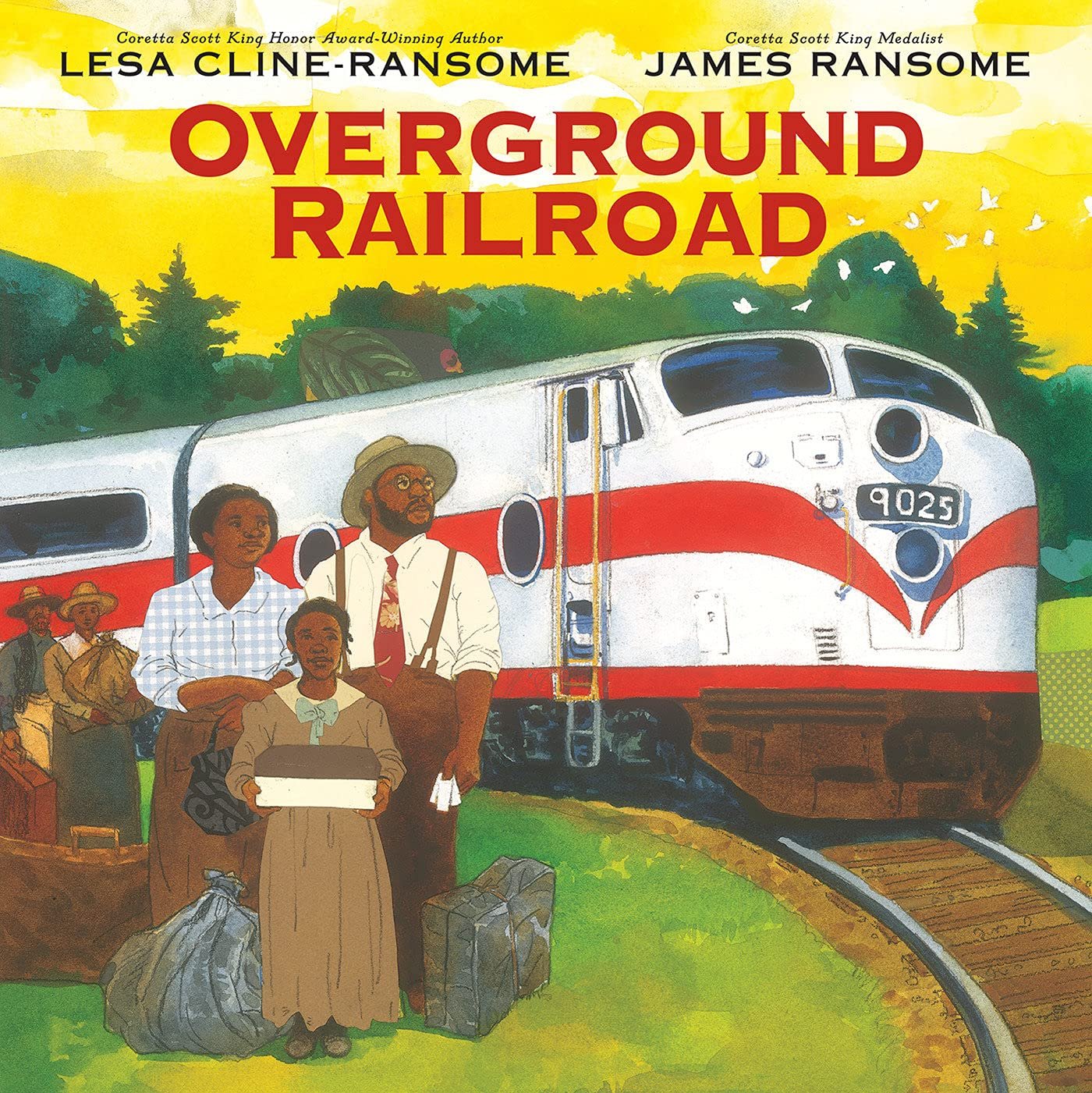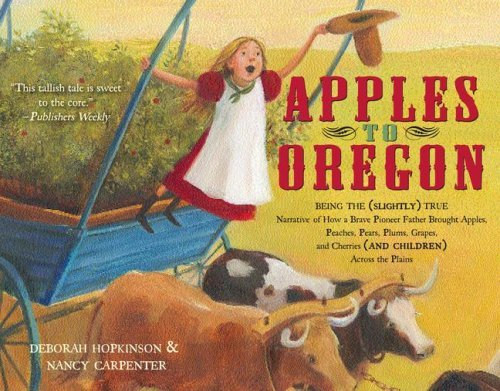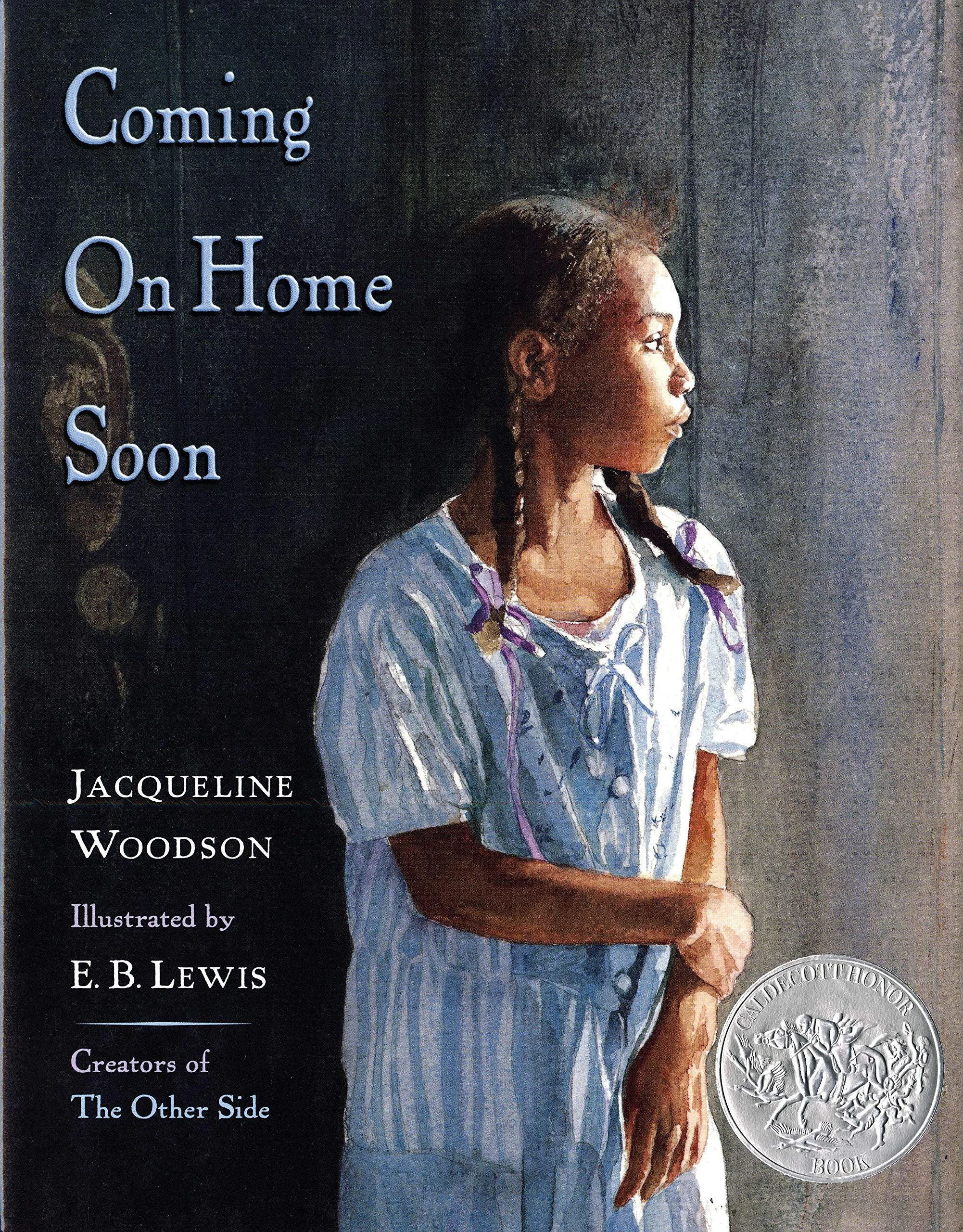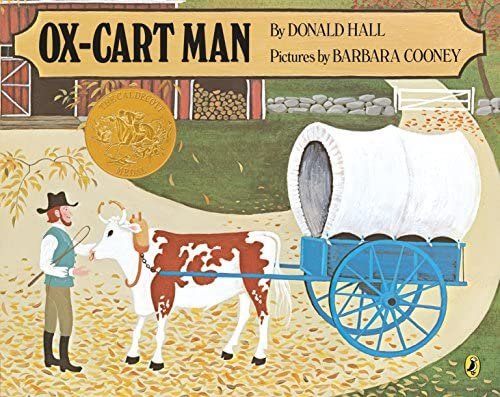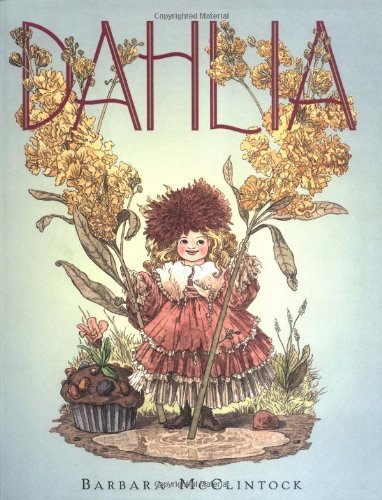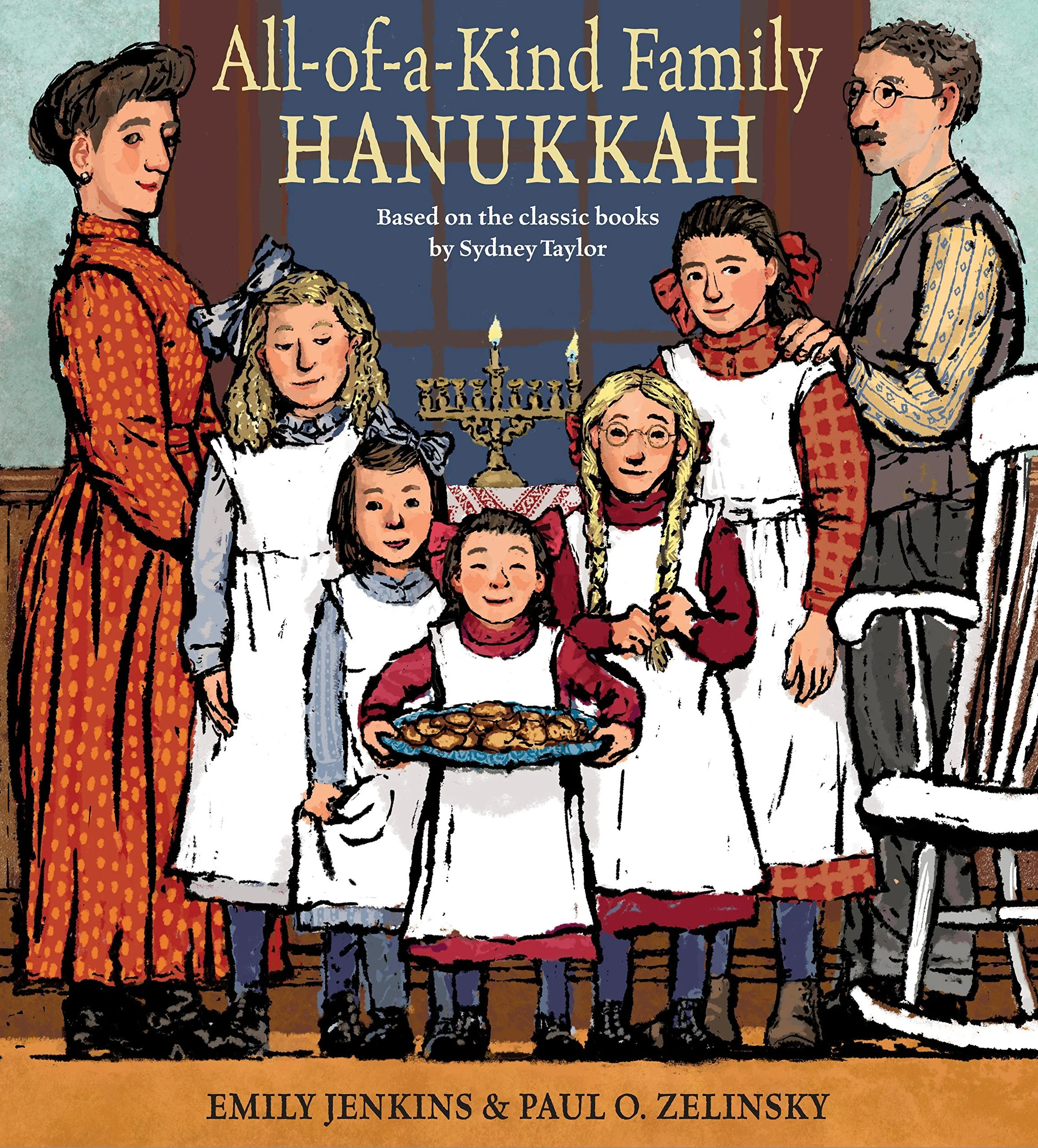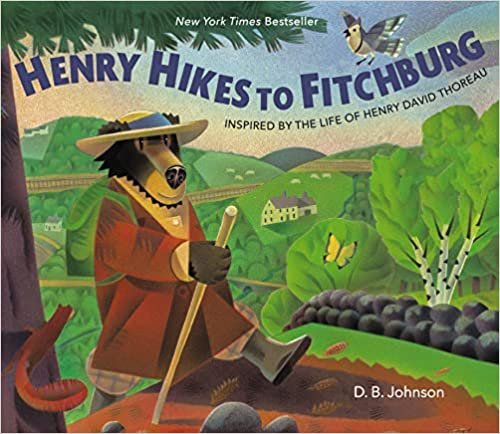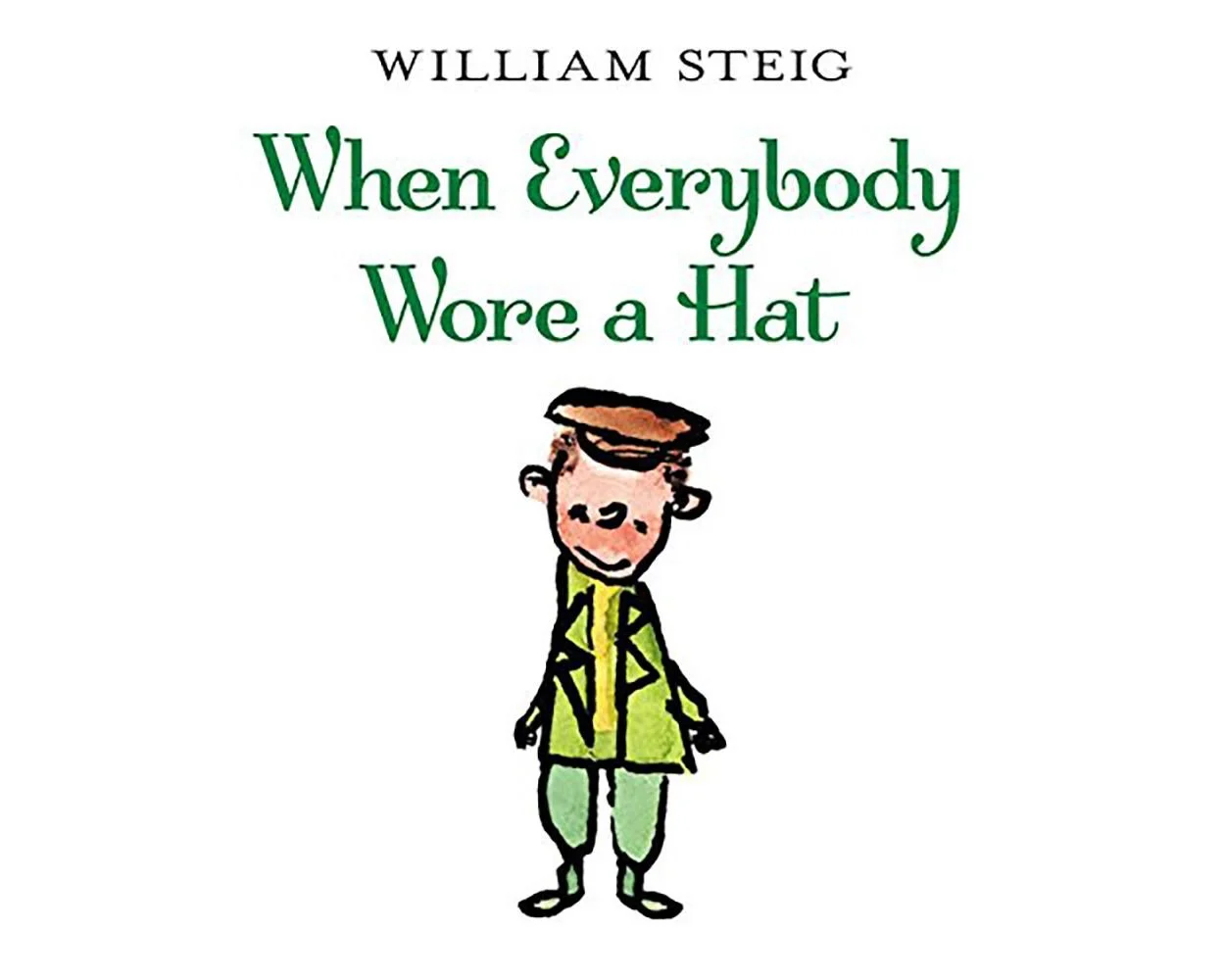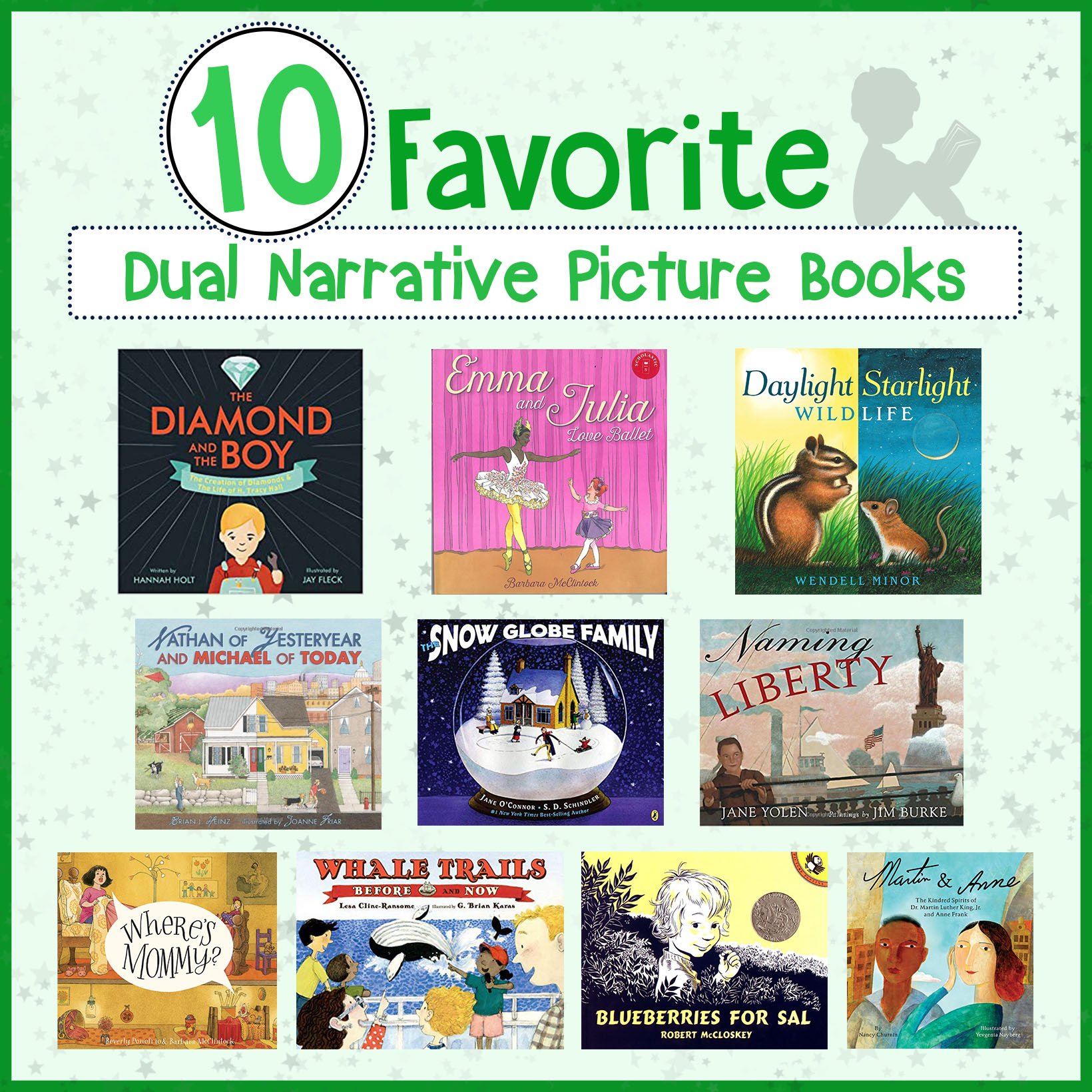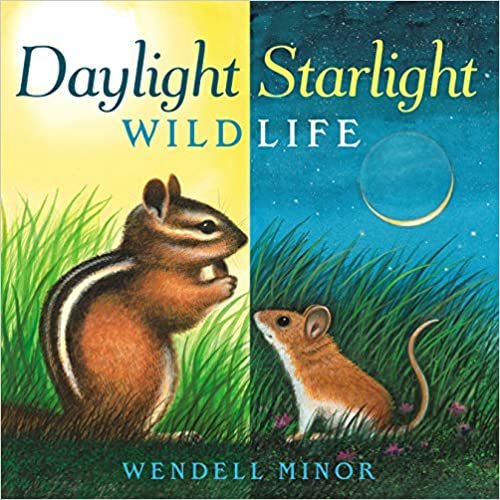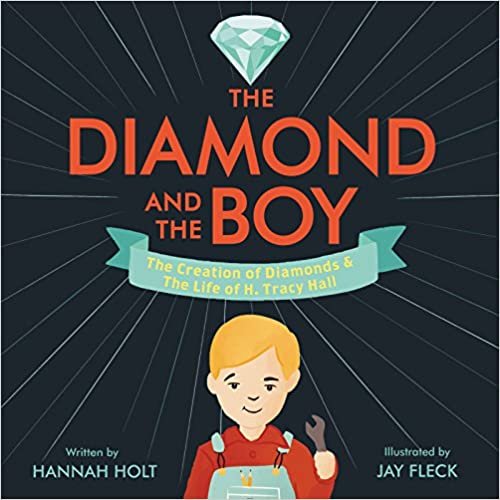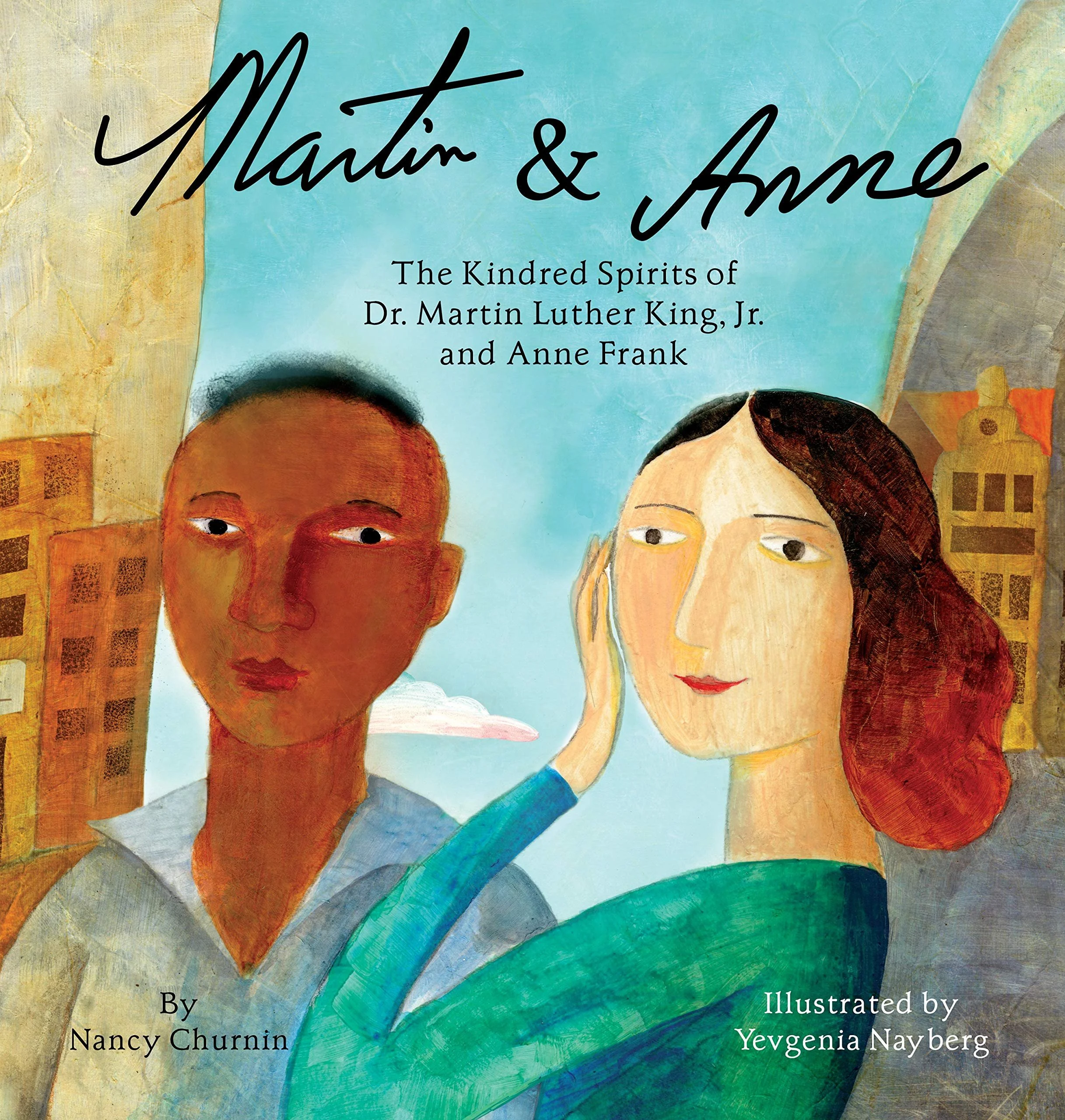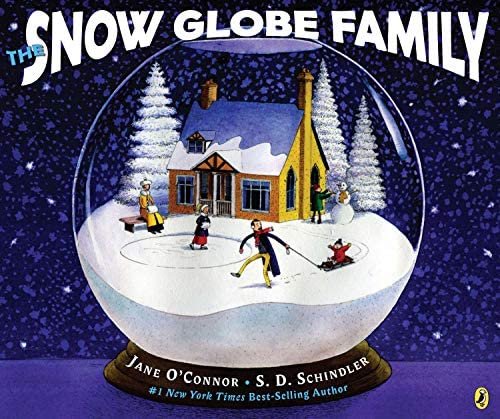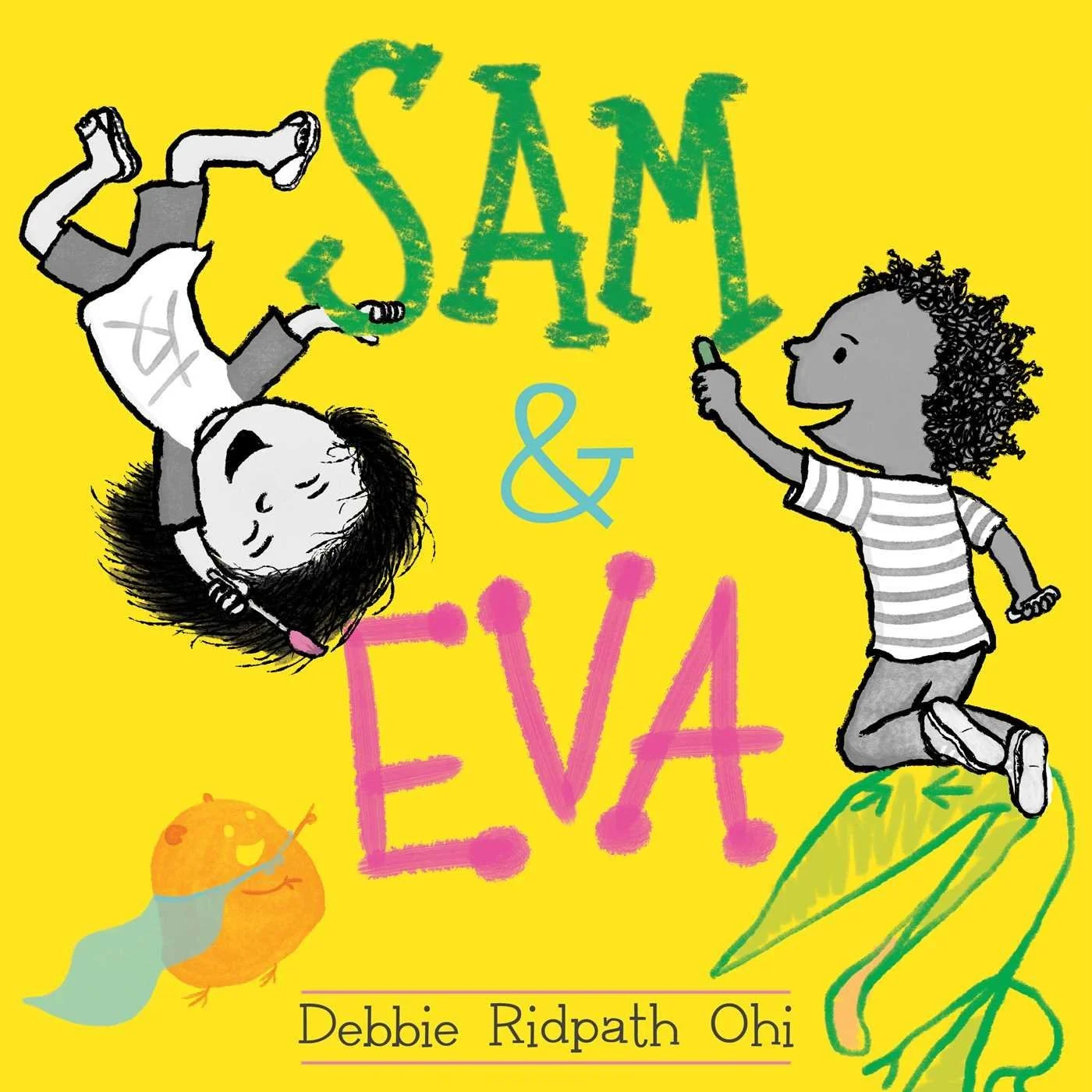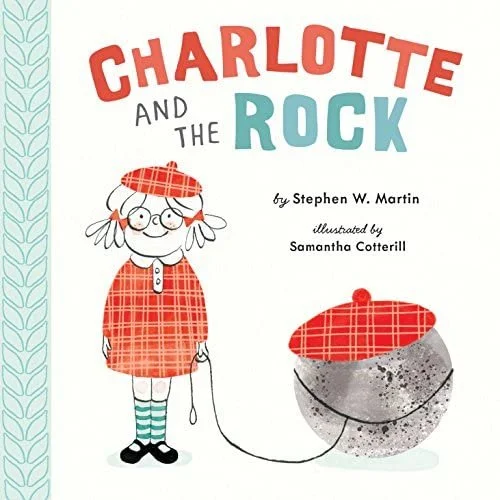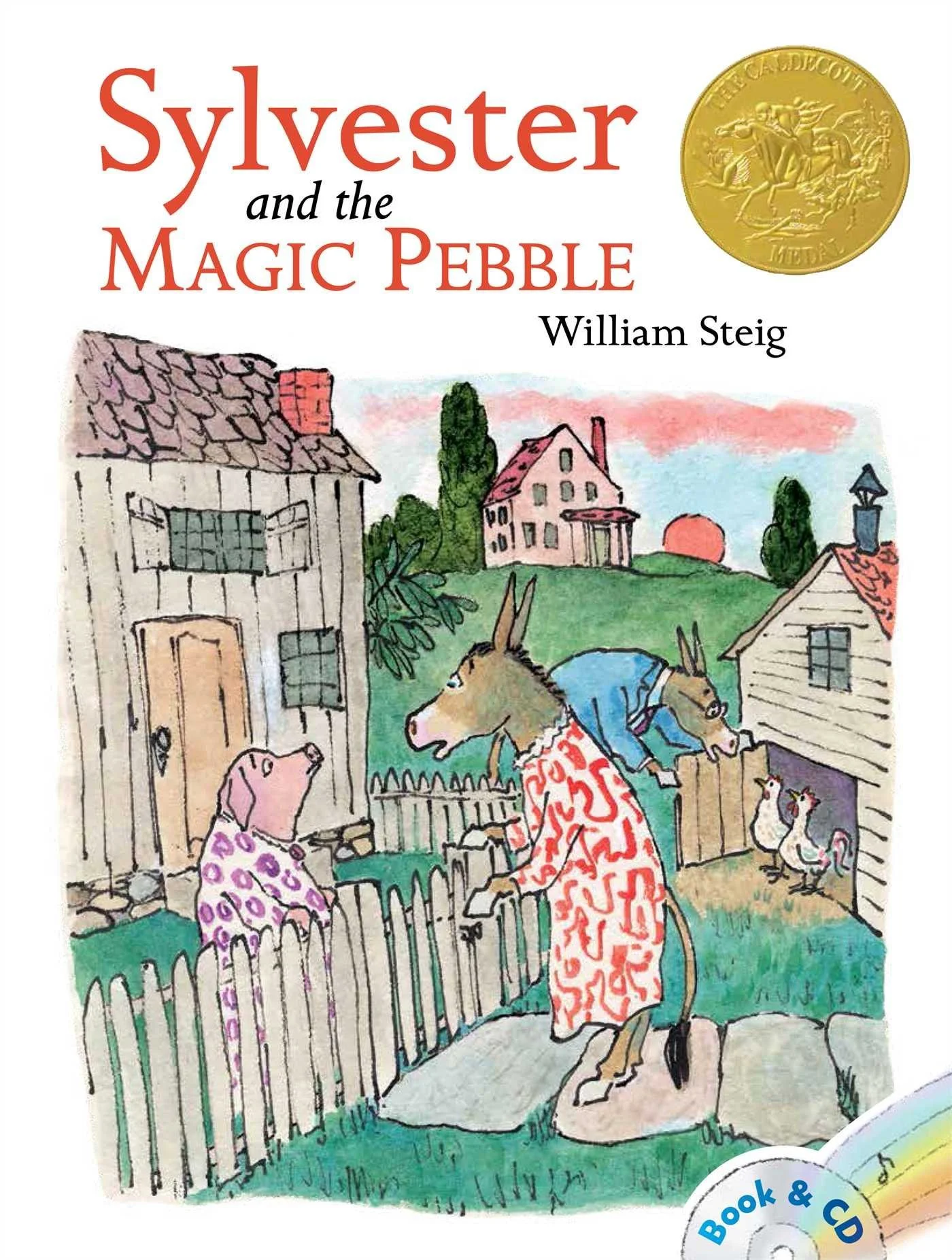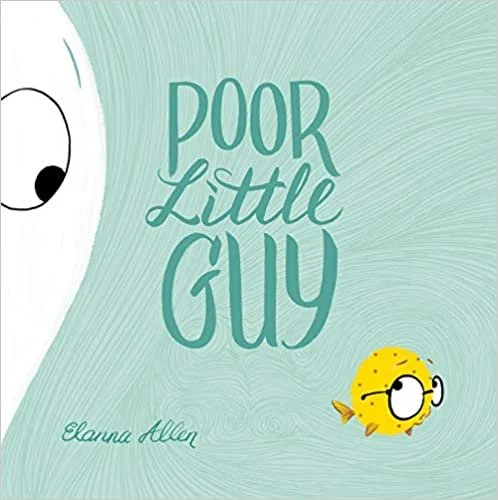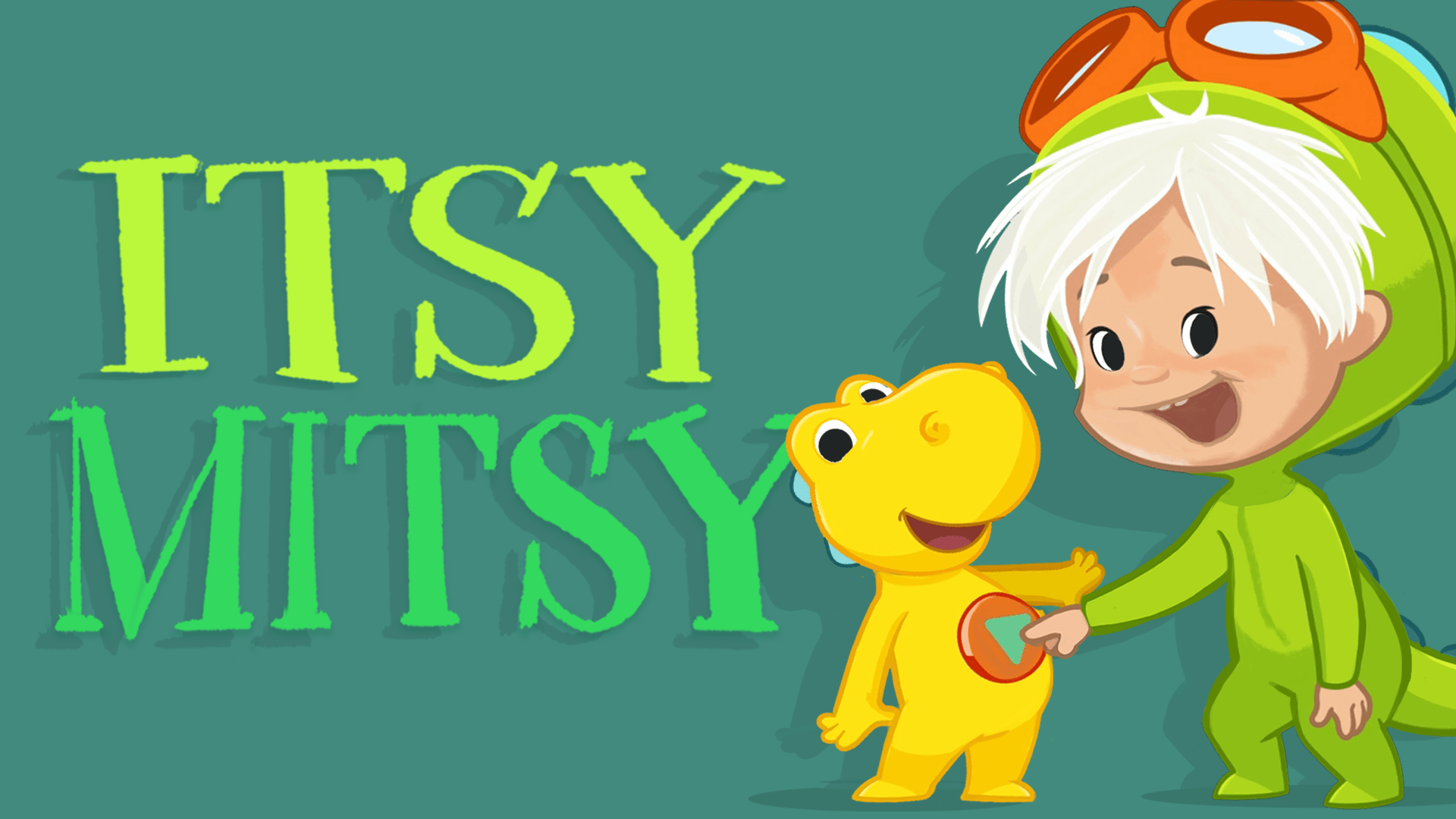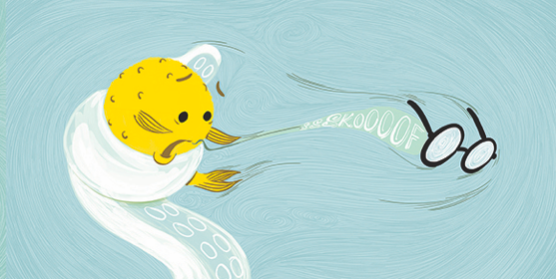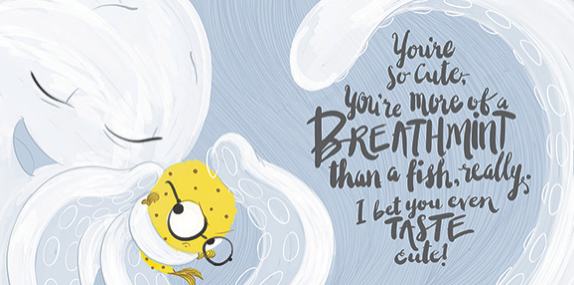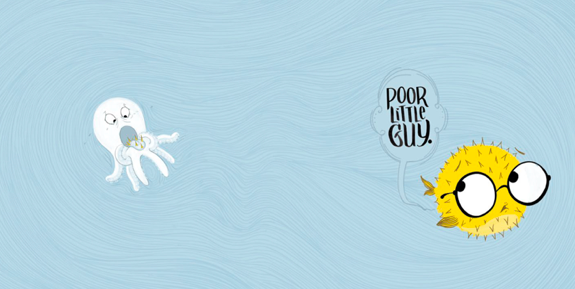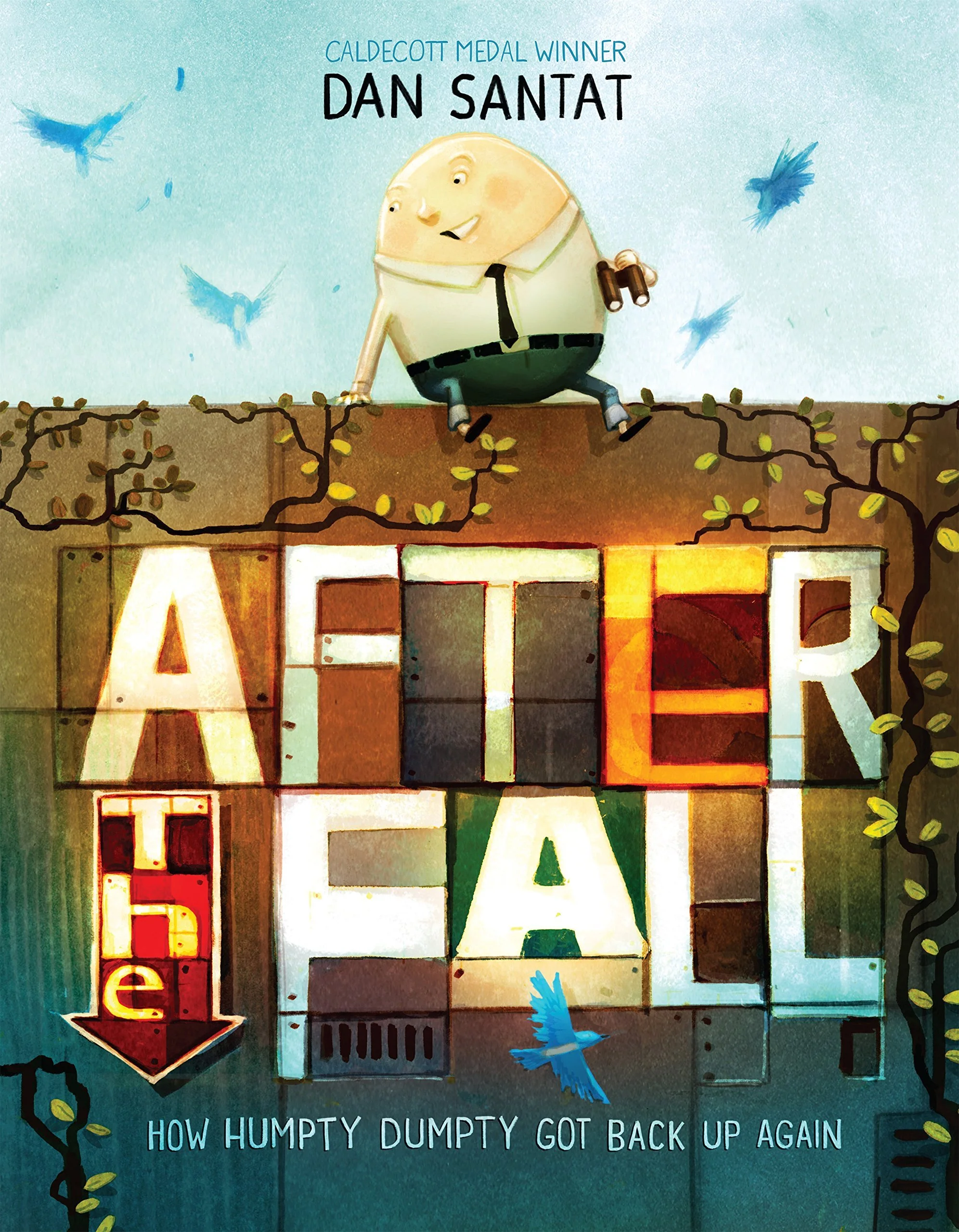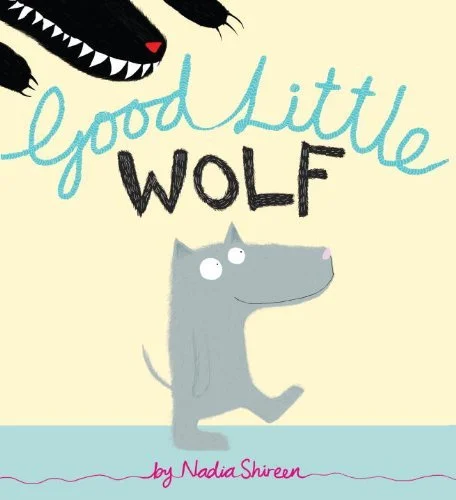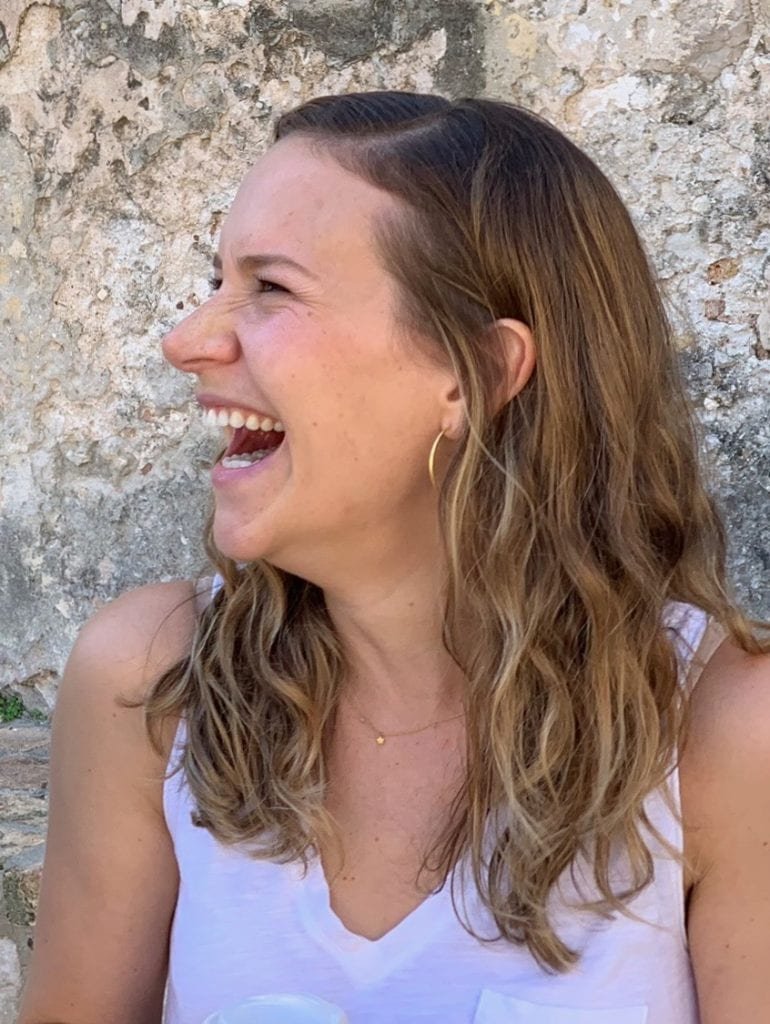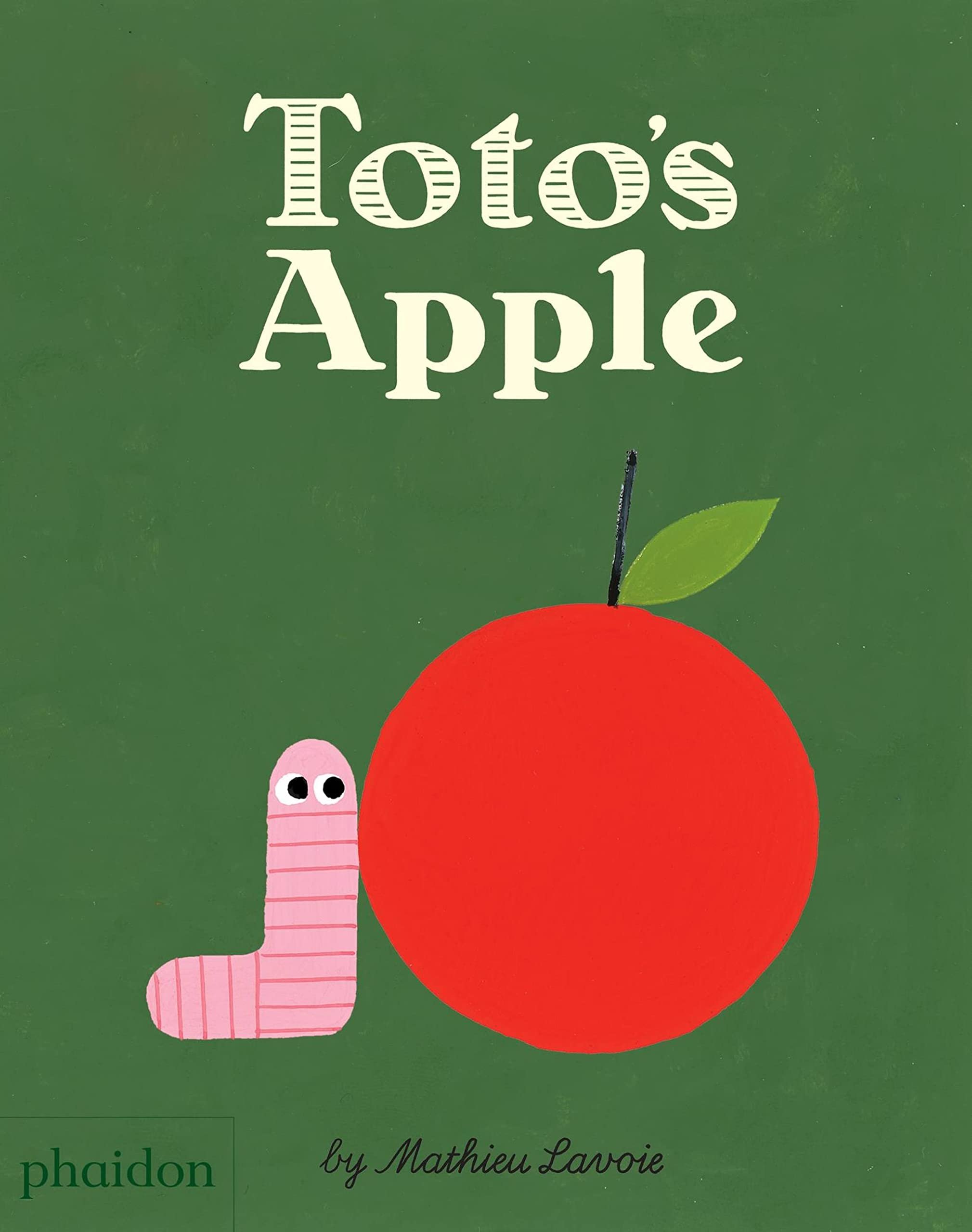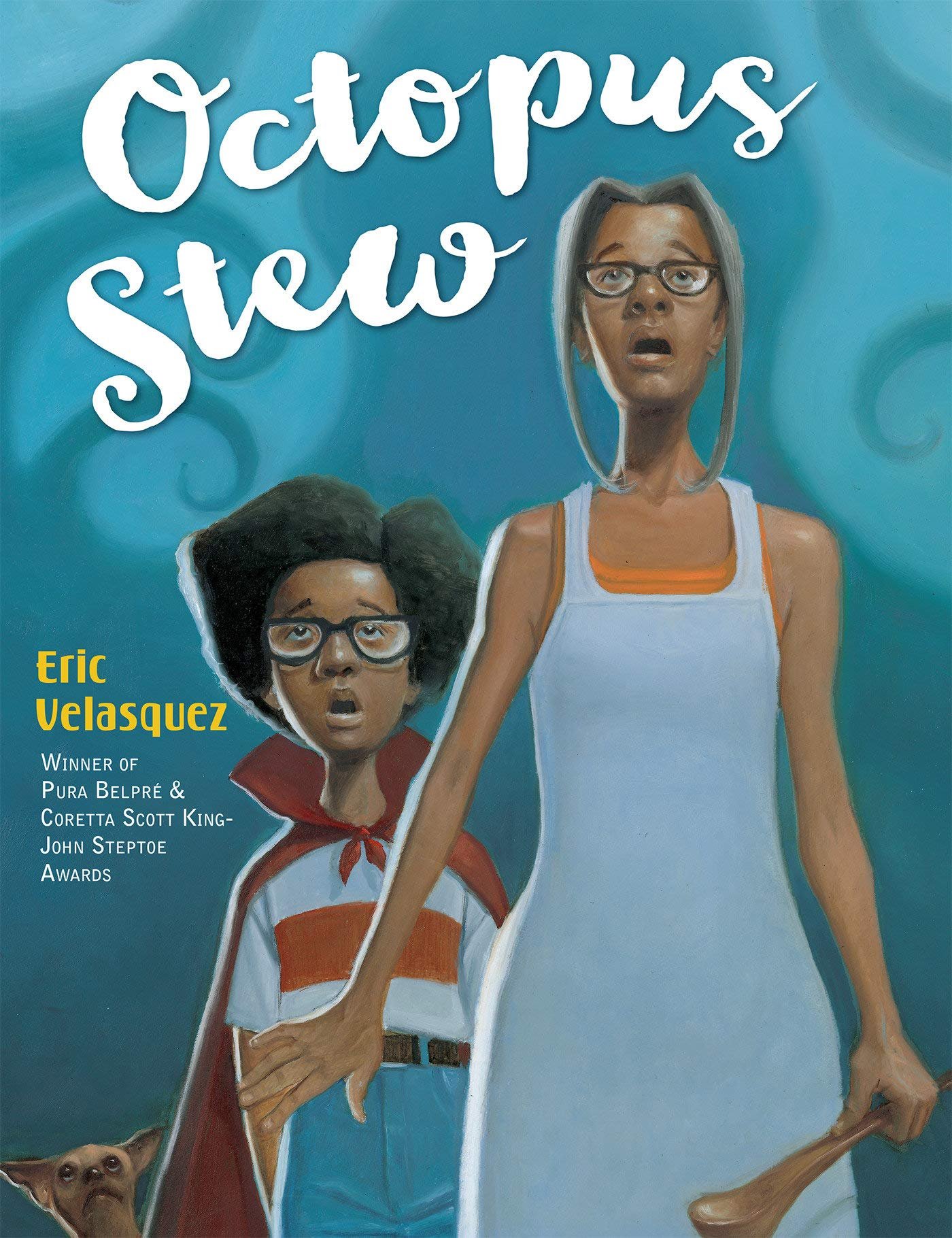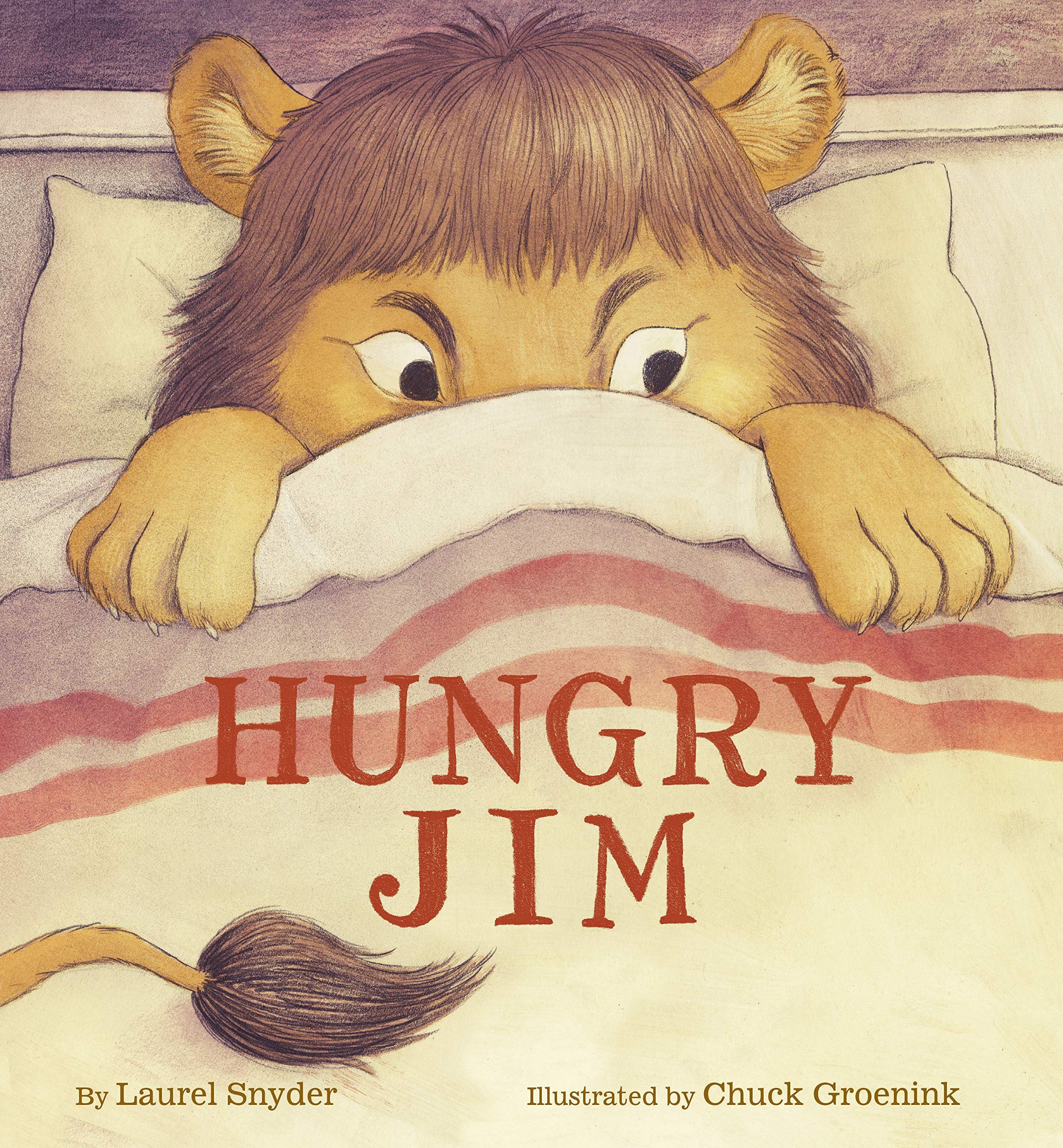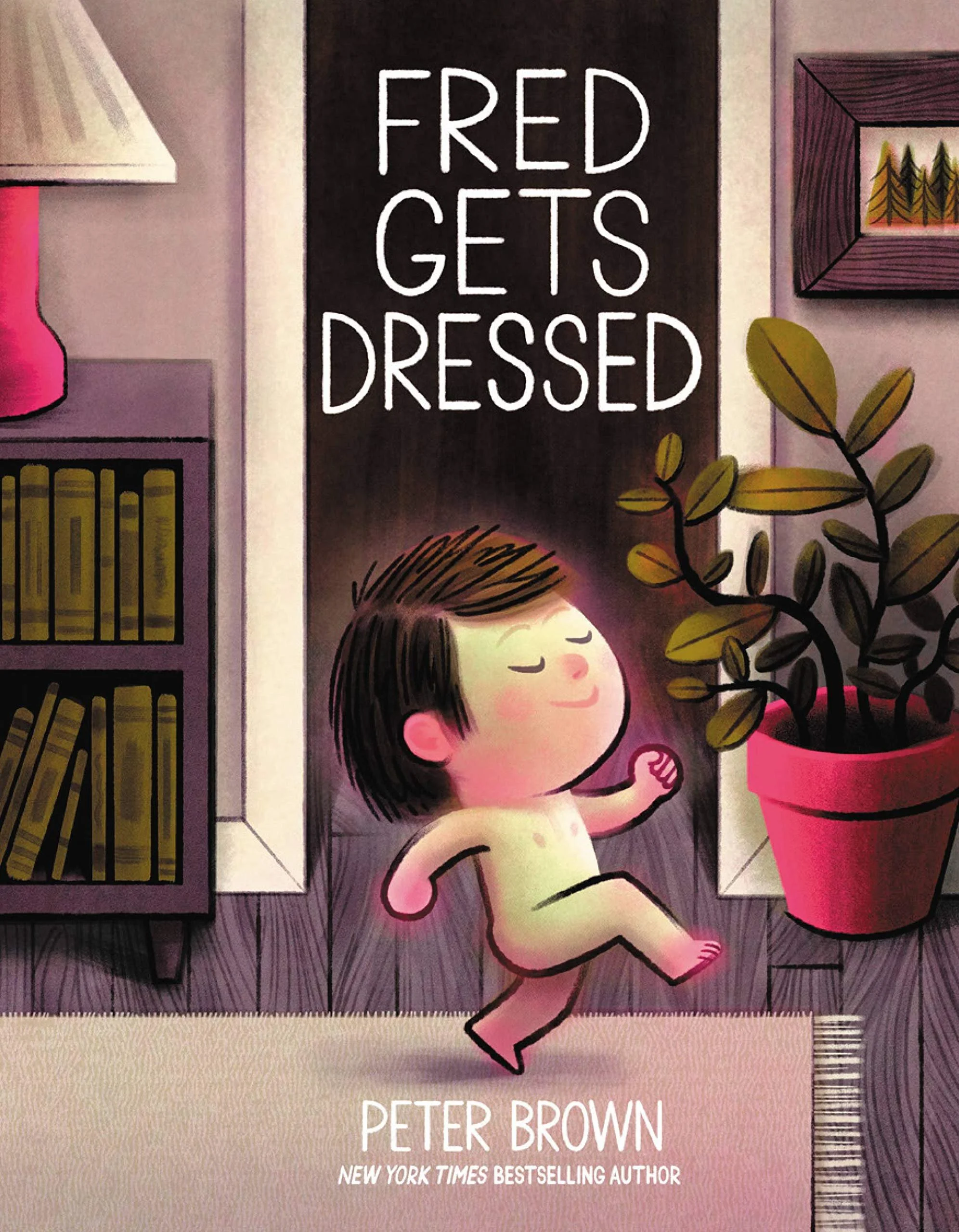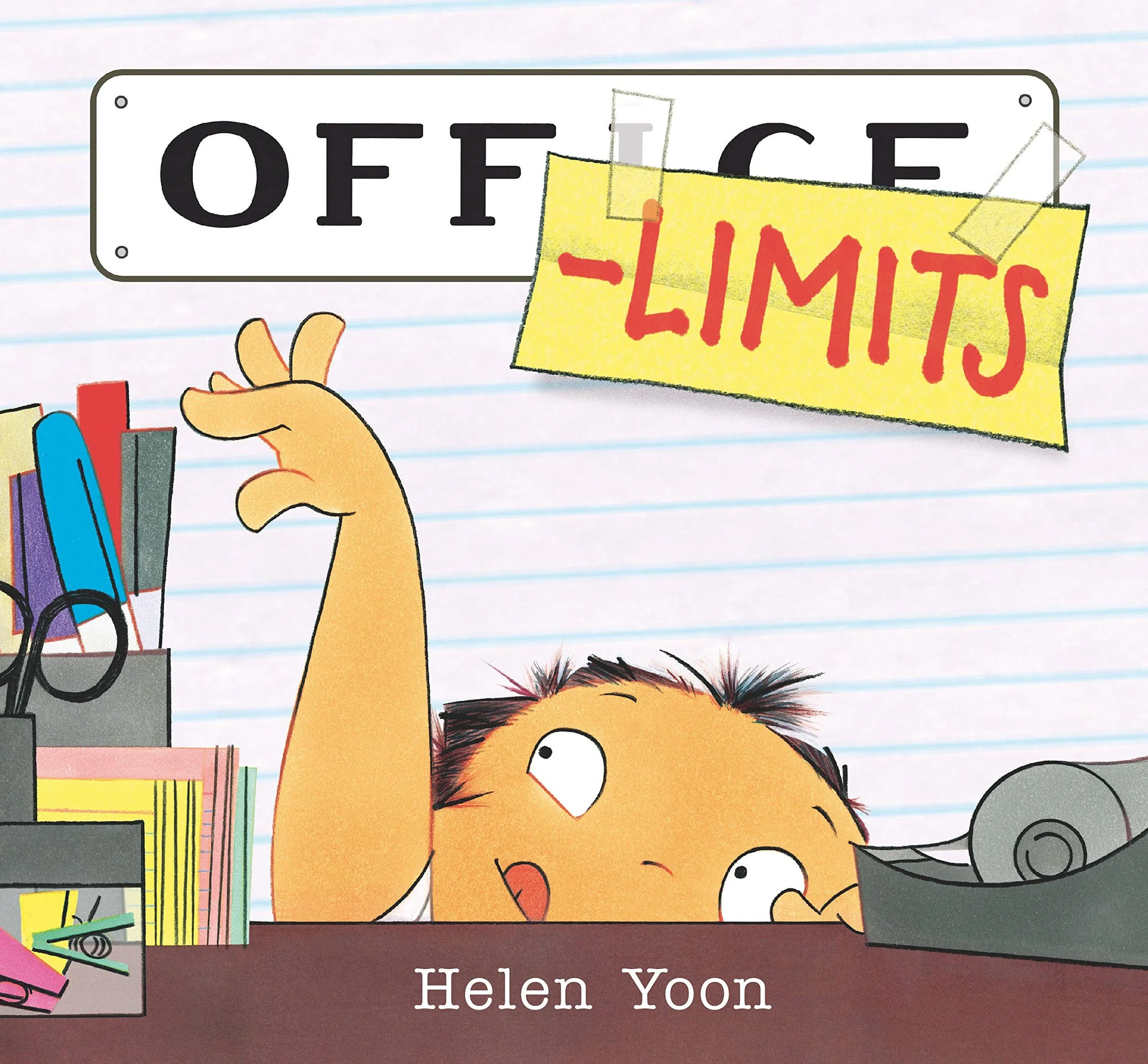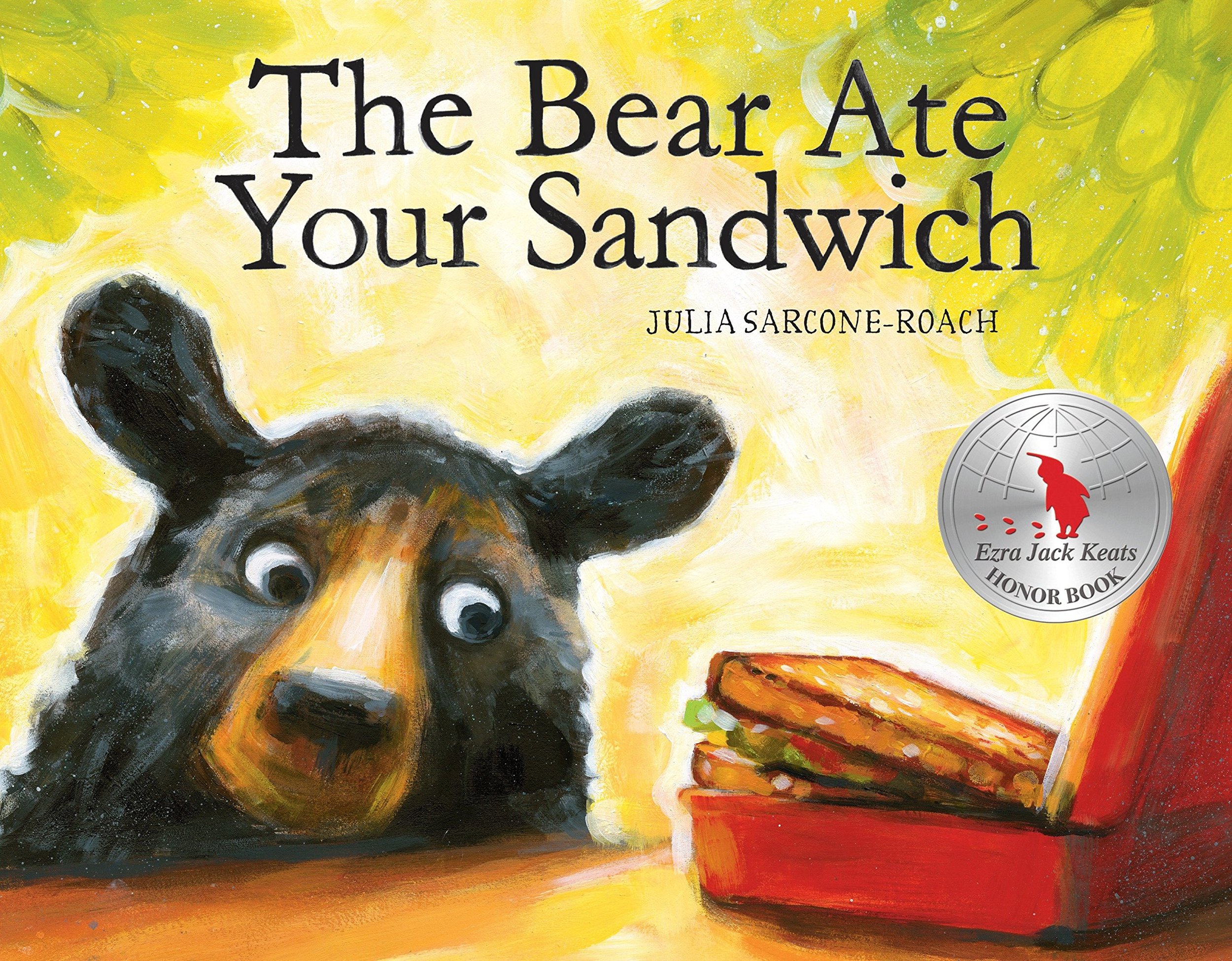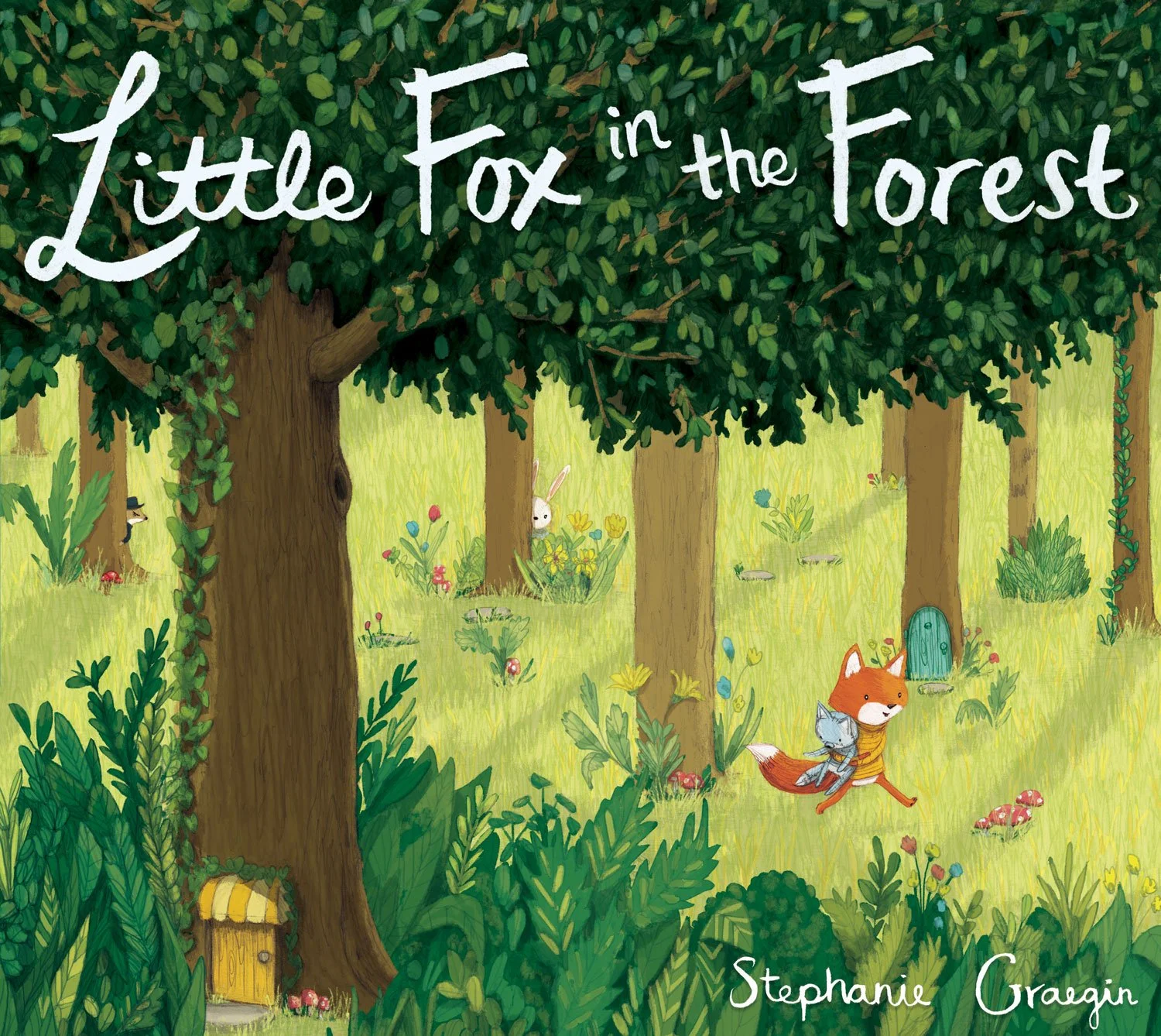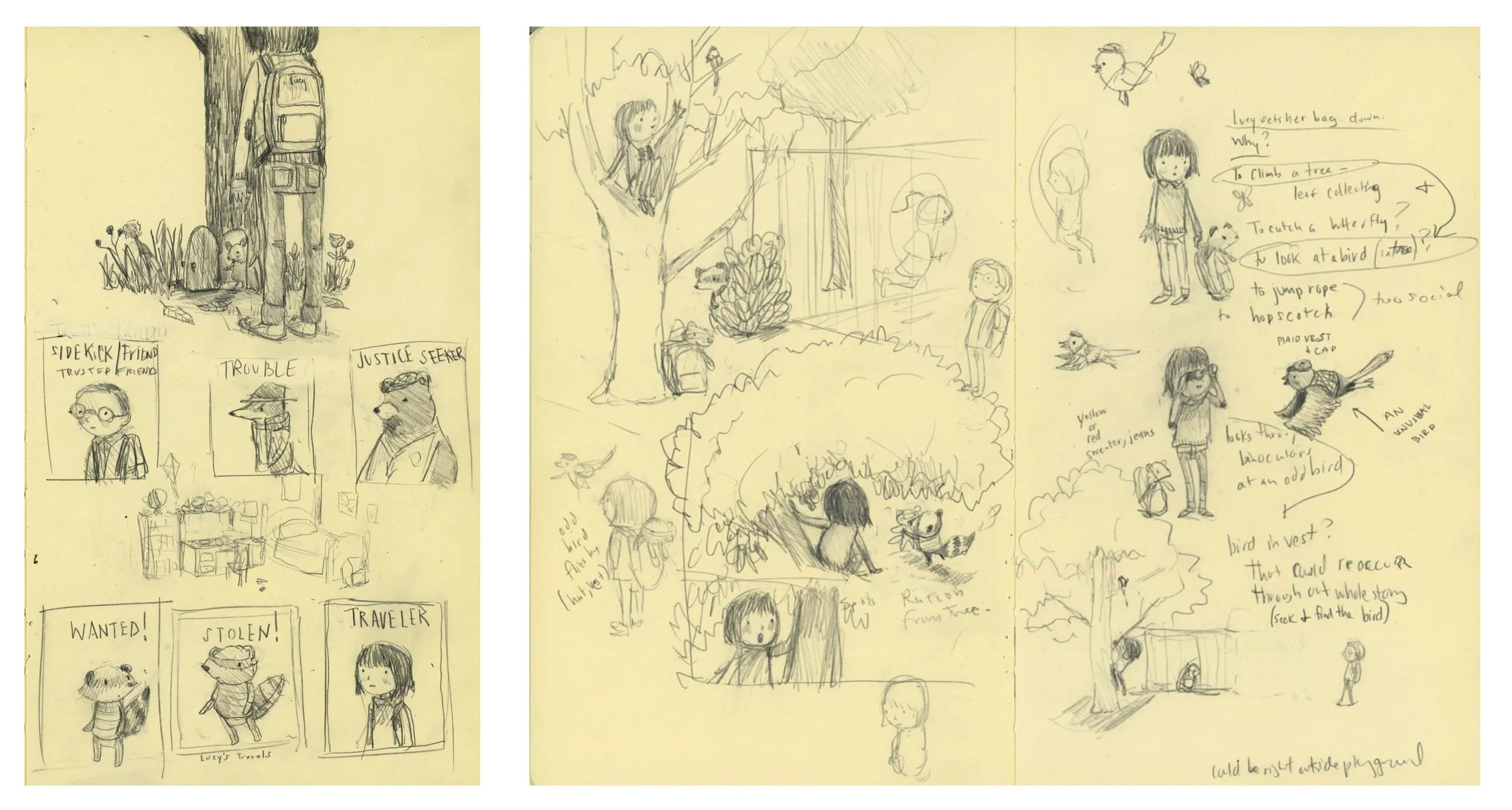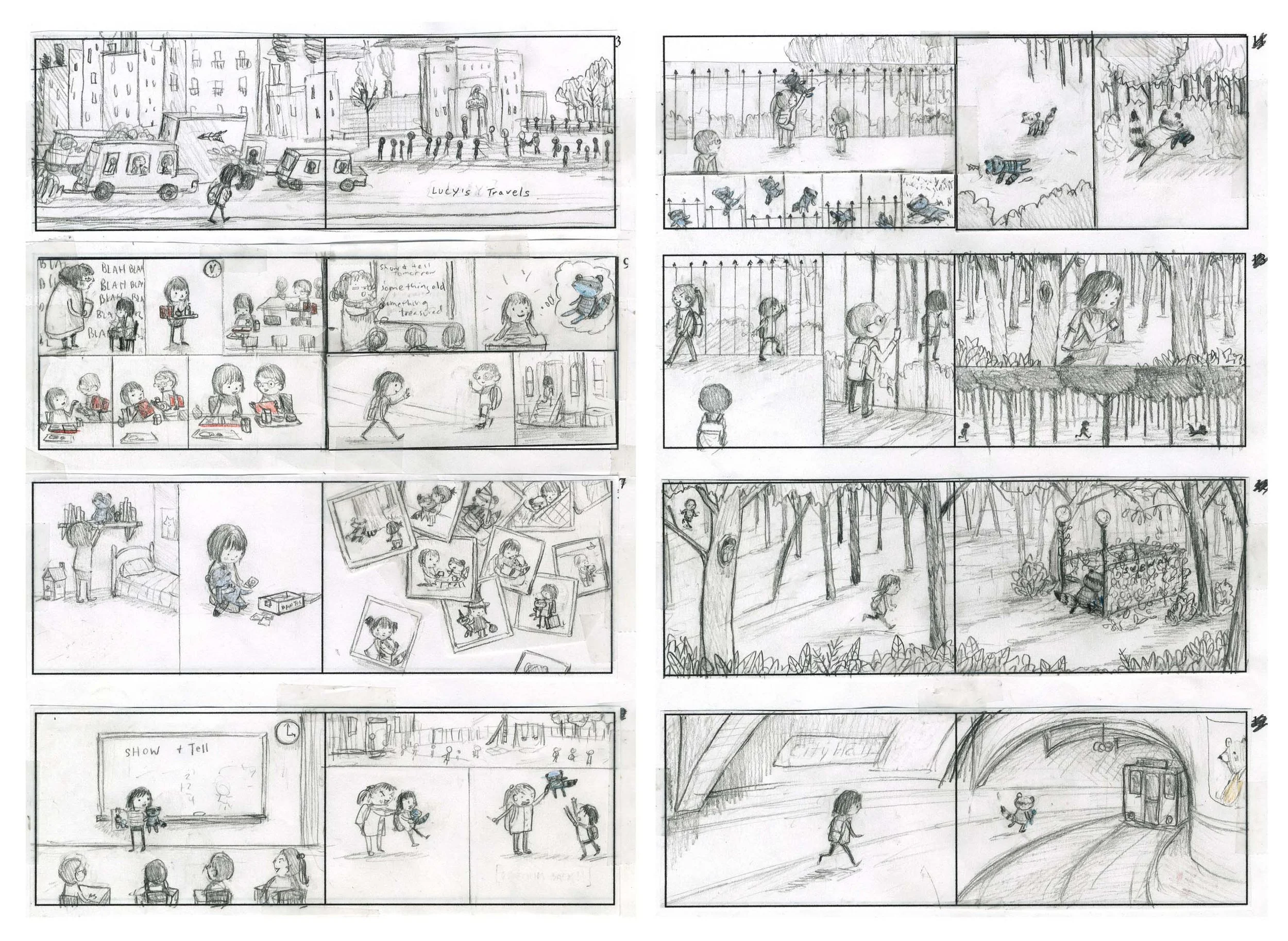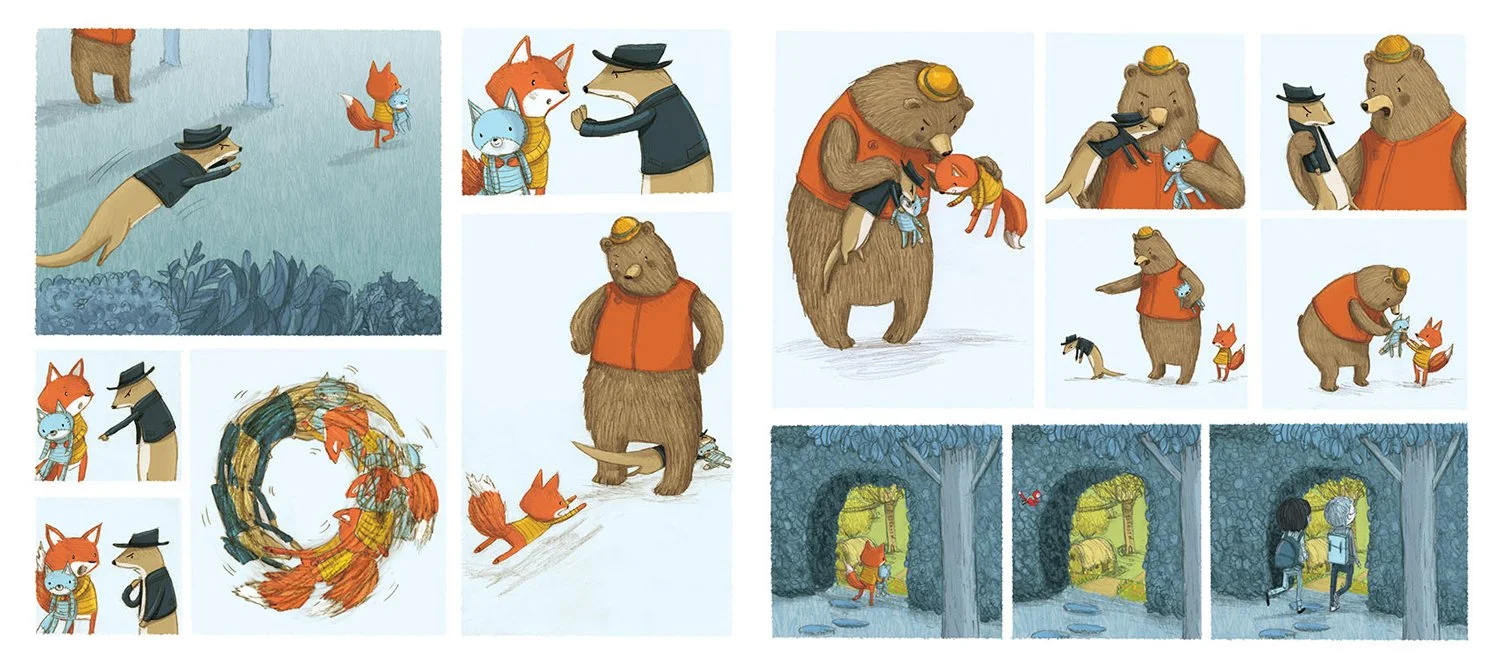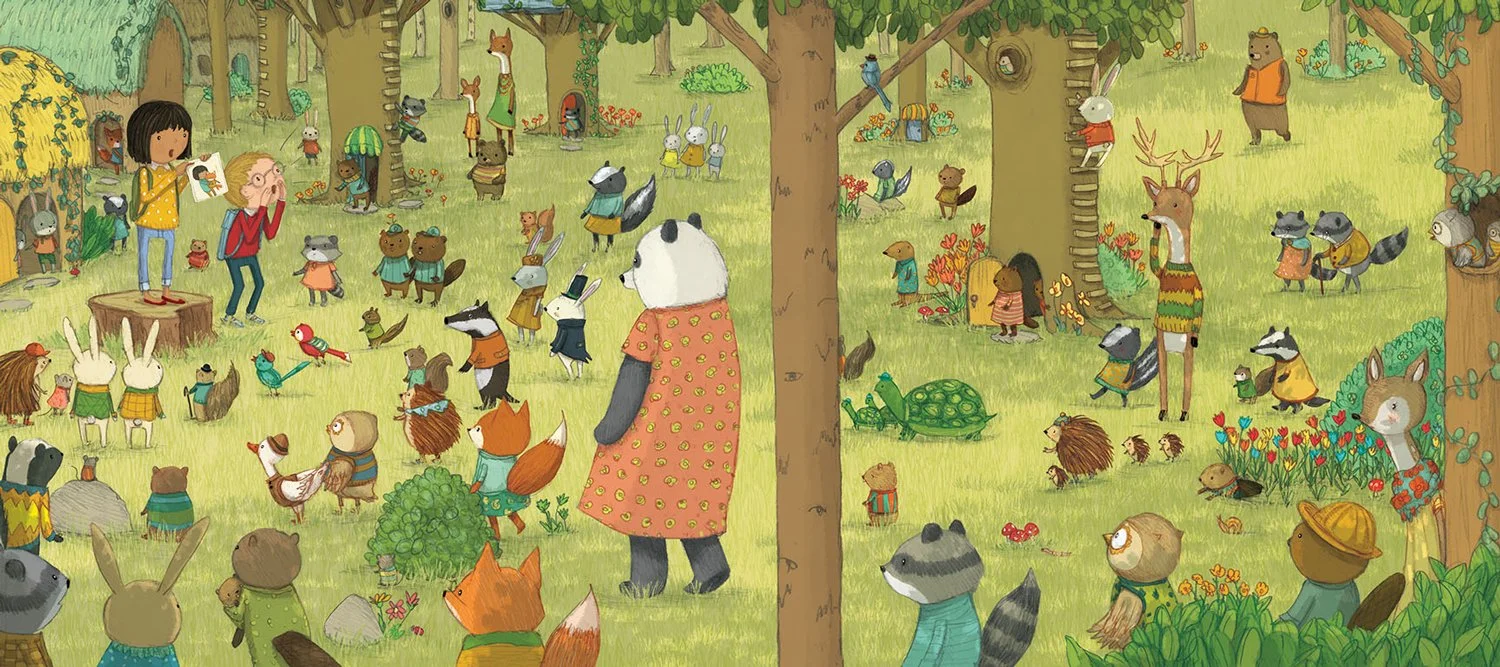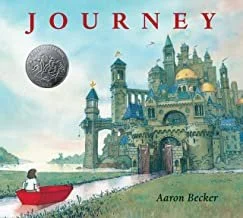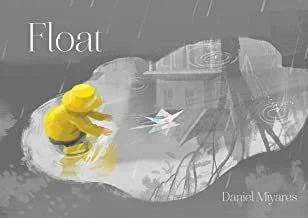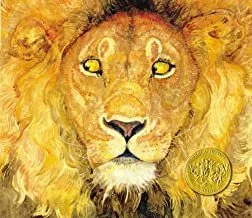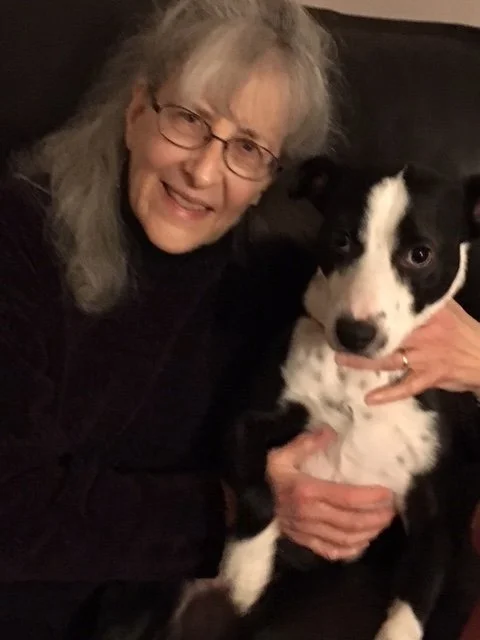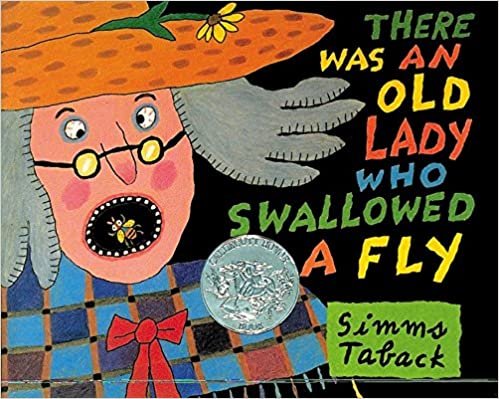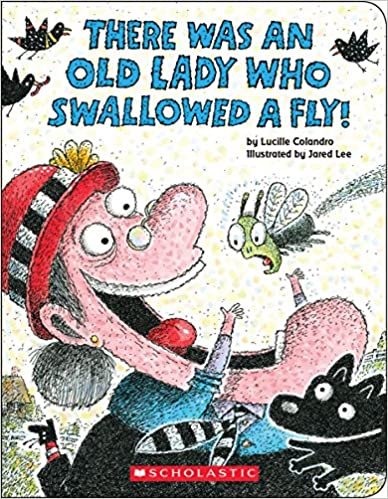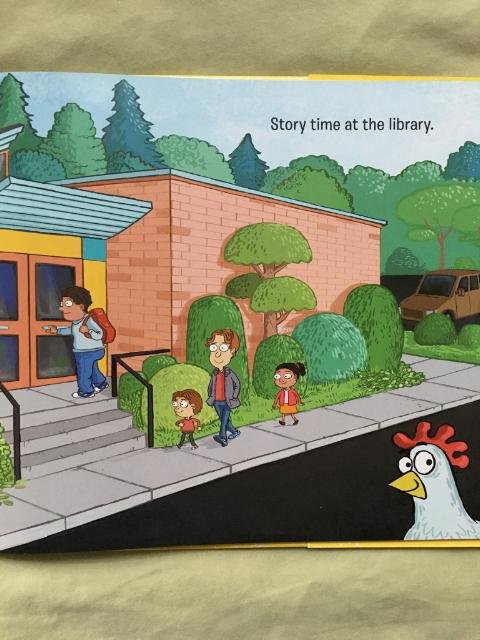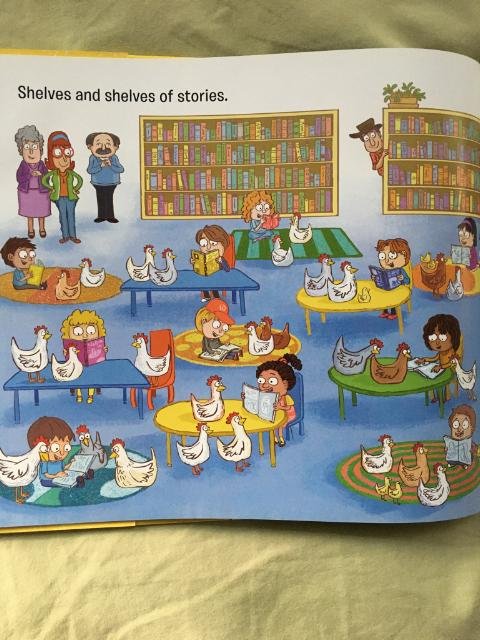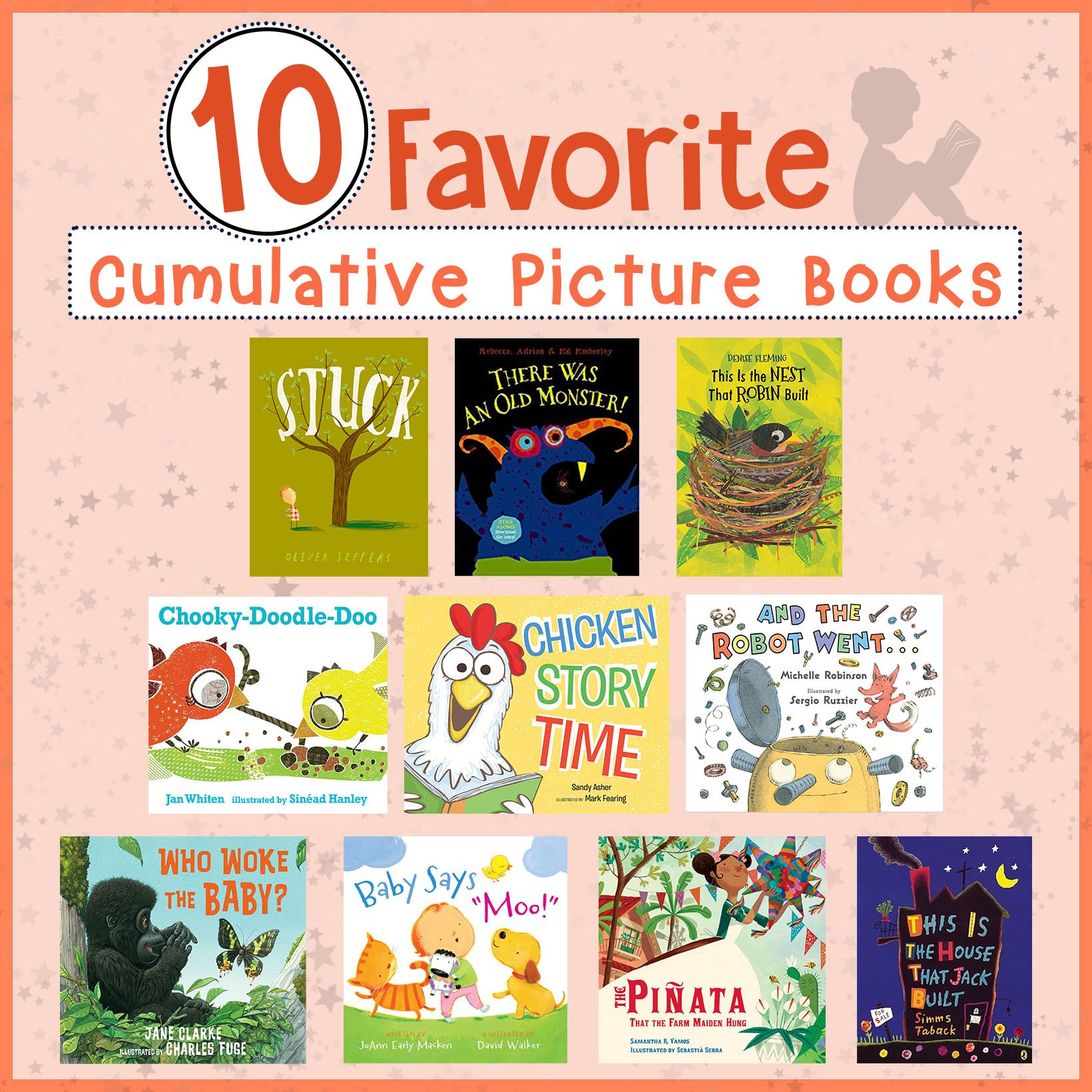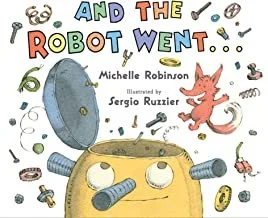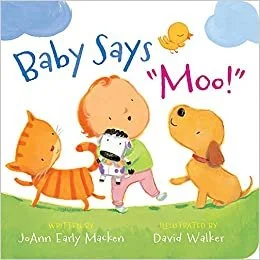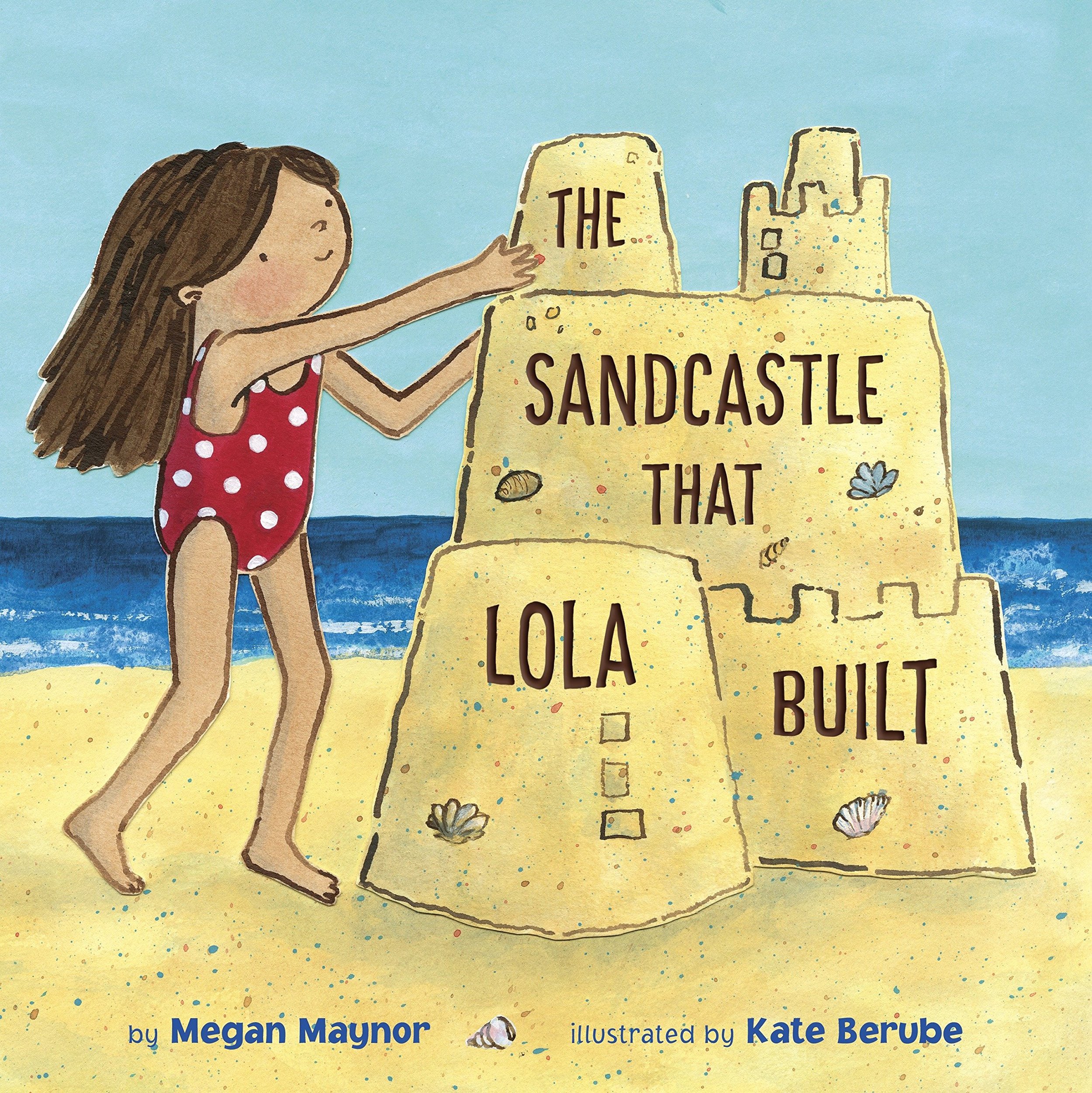Meghan Voss is a lifelong lover of stories. A writer and a teacher with degrees in English and Secondary Education, she loves to both share her favorite stories and tell her own. She taught middle and high school English for close to a decade, completed the National Writing Project, and has written literature modules and web copy for award-winning academic companies & websites. Her own creative work has been published in literary and local magazines. She attends writing conferences regularly and enjoys exercising her writing (and photography) chops on her social media accounts. When she’s not writing, you can usually find her baking pies or adventuring with her husband and kids in the Montana mountains she calls home.
If you’re anything like me, the words “nonfiction science book” conjure thoughts of thick biology and chemistry textbooks with an encyclopedia thrown in for good measure. They bring up memories of tiny text marching in endless rows, with perhaps a chart or occasional diagram to break the monotony. They remind me of late-night study sessions and highlighters and way, way, way too many yawns.
Well, folks—these are definitely not my memory’s nonfiction science books.
In the past ten years, the picture book market for nonfiction science books has exploded, resulting in all sorts of informative– and FUN! and CREATIVE!–picture books about a plethora of STEM-related topics. There are great nonfiction science books available that are perfect for the classroom, storytime, bedtime, and even playtime.
But of all these fantastic books, my personal favorites are those that play with two of my favorite storytelling devices: Voice & Structure.
Voice
Fun, quirky storytelling voice is no stranger to the picture book world (Check out Don’t Let the Pigeon Drive the Bus and Oh, Ox– a couple of my favorites in the voice department). Yet traditional science-writing doesn’t focus on voice, it focuses on sharing information. So when a nonfiction picture book marries both voice and information– that’s a match made in publishing heaven. Check out these examples:
I’m Trying to Love Spiders by Bethany Barton: This hilarious book’s narrative voice is a kid who is really, really trying to love spiders… but is having a rough go at it. It blends tons of information about spiders with a fun (and very relatable) narrator, who even manages to– well– squish a few of the spiders he’s attempting to love.
Mars! Earthlings Welcome by Stacy McAnulty & Stevie Lewis: Mars is itching to party it up with Earthlings, so he sends out invites and proceeds to describe why he is the best party planet in the solar system. A ton of information is wedged among the puns, slang, and delightful personality of our new buddy Mars.
Structure
Playing with story structure is old hat when it comes to concept picture books and even some narrative titles. But other authors are breaking all the rules– and succeeding– within the realm of non-fiction science picture books. Check out two of my favorites:
The Street Beneath My Feet by Charlotte Guillain & Yuval Zommer: This book takes the reader on a journey deep, deep into the many layers that separate our feet from the Earth’s core– and then back out the other side! But rather than flip pages right to left, each page folds into the next, until every page connects in a huge ribbon that beautifully illustrates the many layers of Earth, one after the other!
The Diamond & the Boy by Hannah Holt & Jay Fleck: A beautiful blend of poetry, story, and information, this book tells the story of the making of a diamond juxtaposed with the story of a boy who grows into the inventor of a revolutionary diamond-cutting machine. Sparse narration allows even the word choice of each story to mirror the other. Both the story and the structure are fascinating in this wonderfully creative nonfiction book.
So whether you’re a science-lover or science-avoider (as I may have been–*cough*), head to your local library and check out an armful of nonfiction science books! There is so much to love– heck, even spiders!




